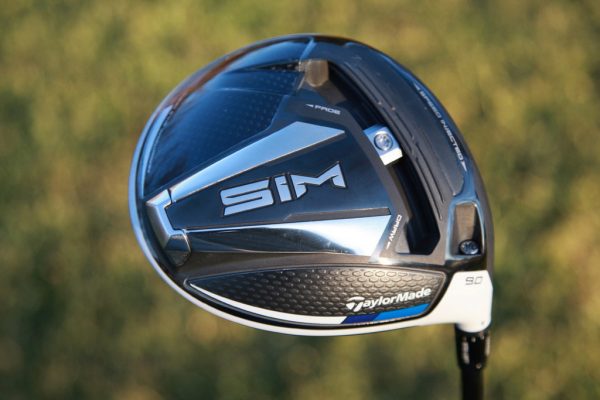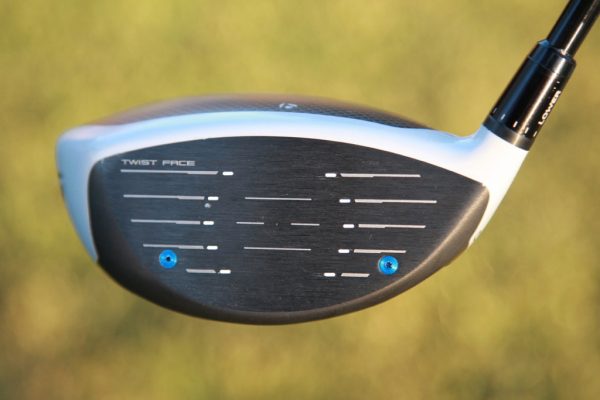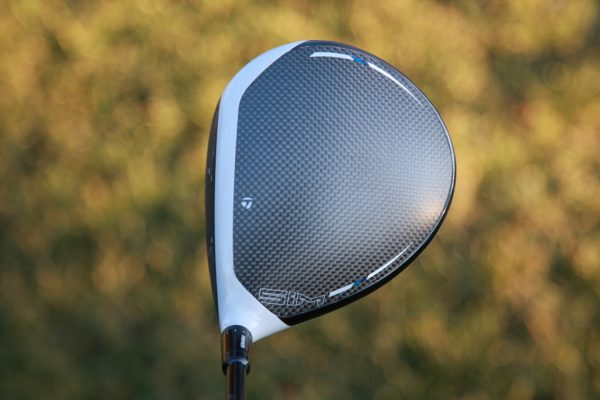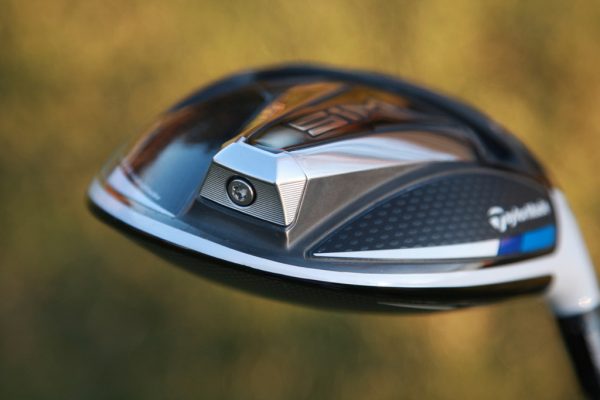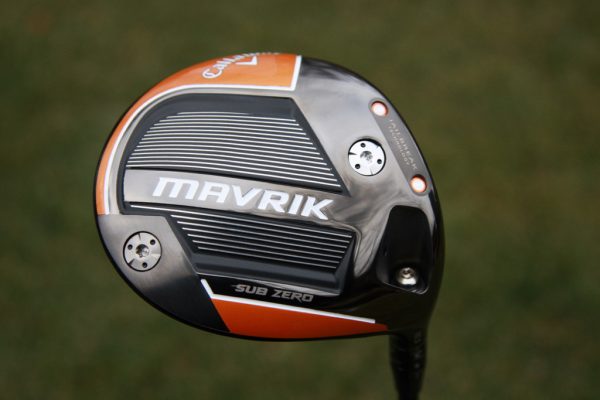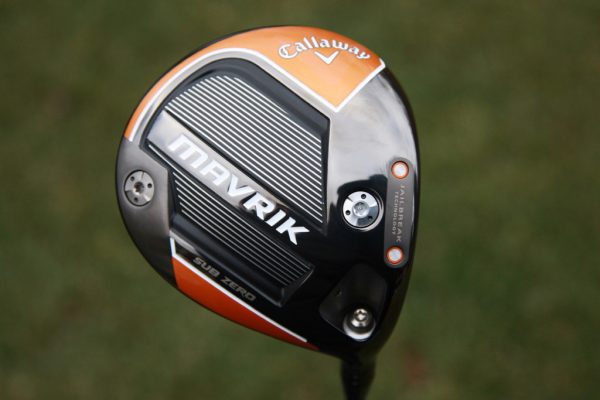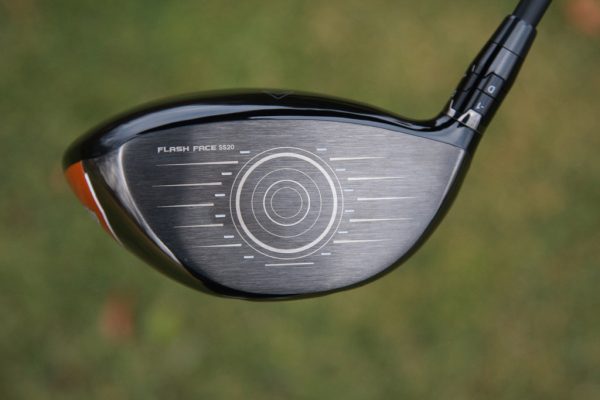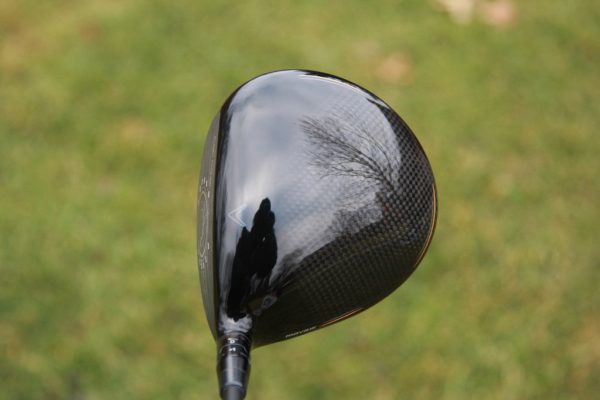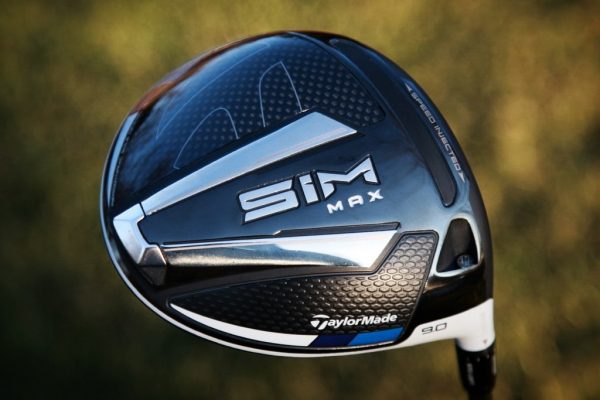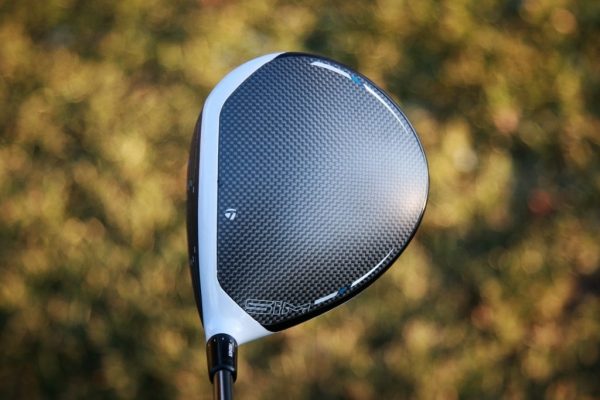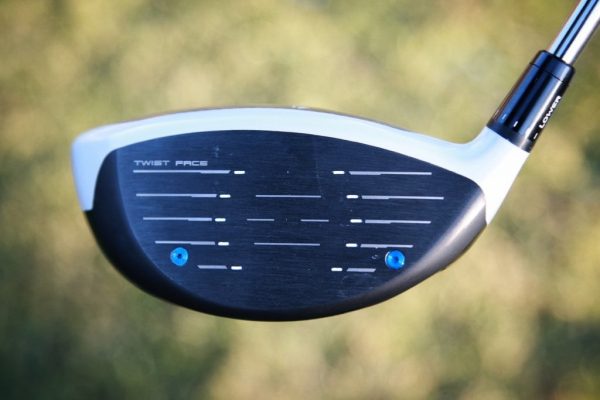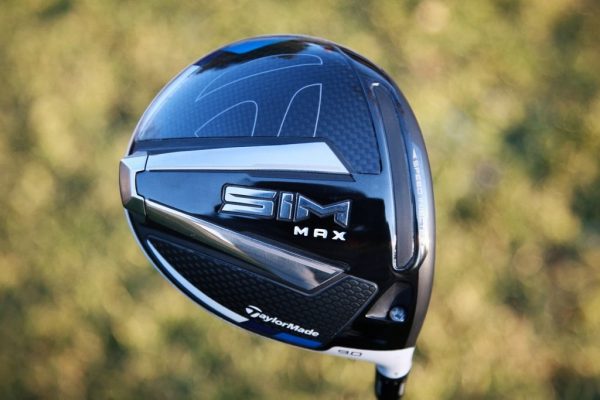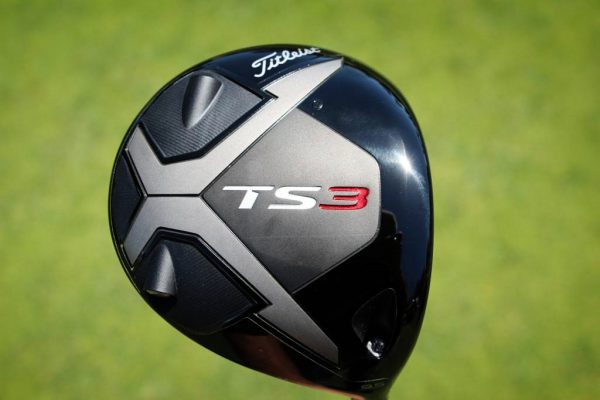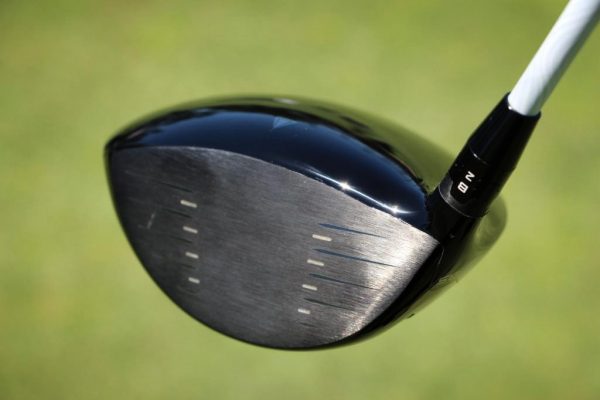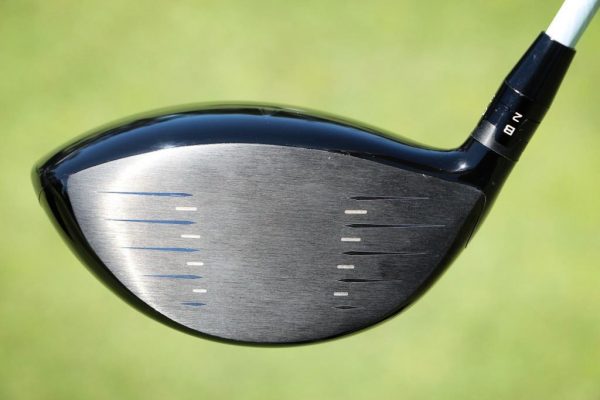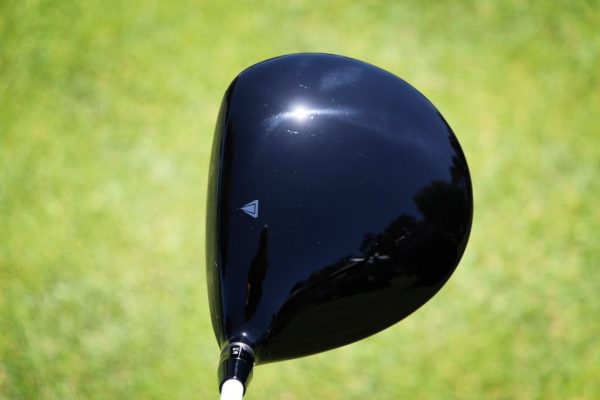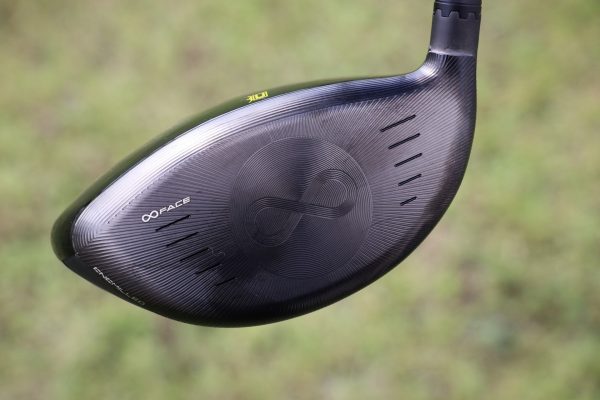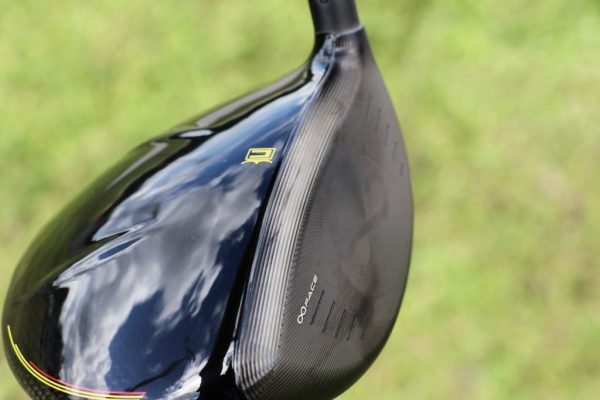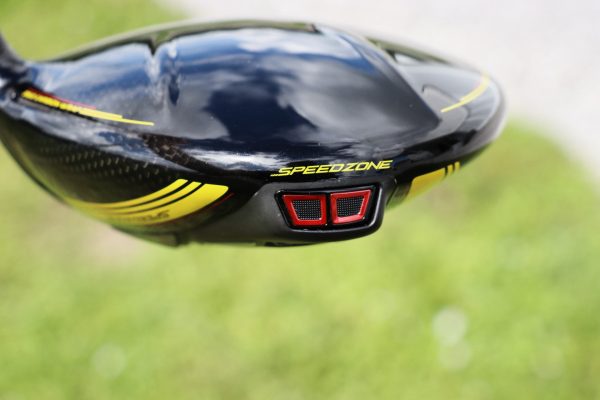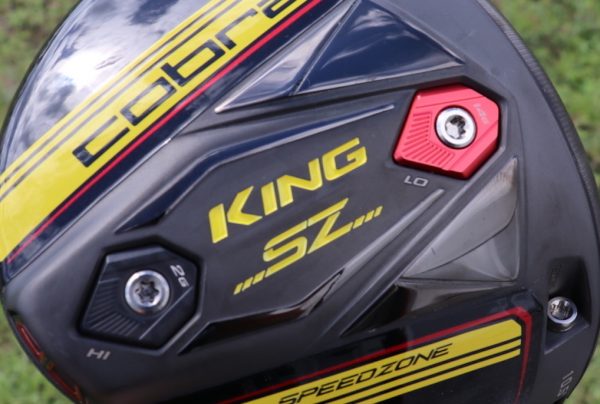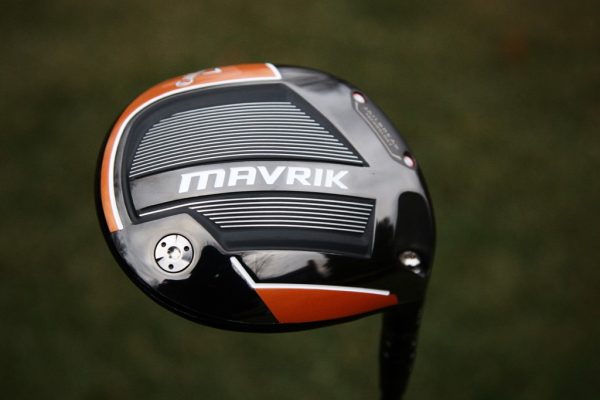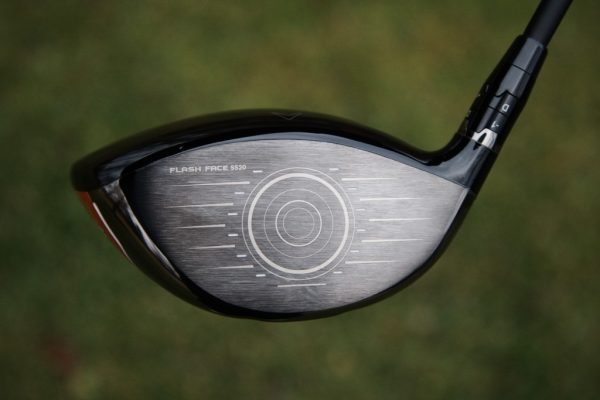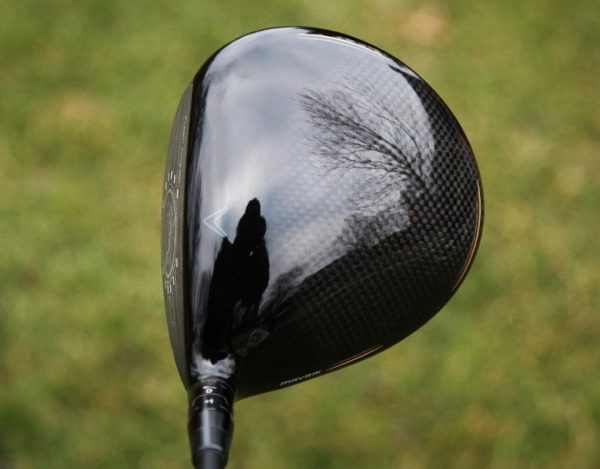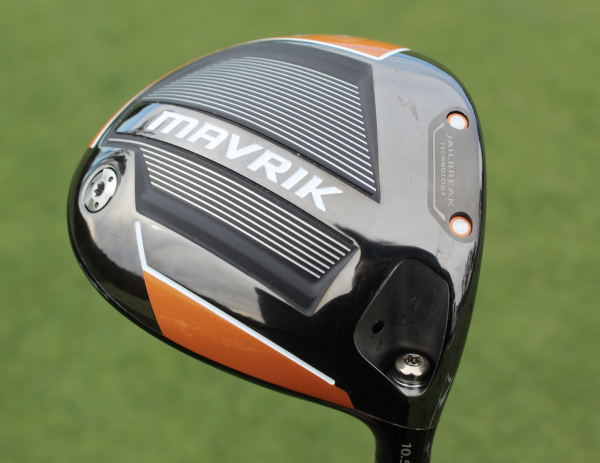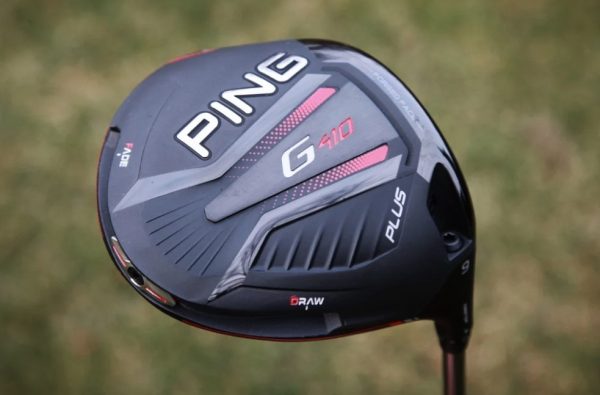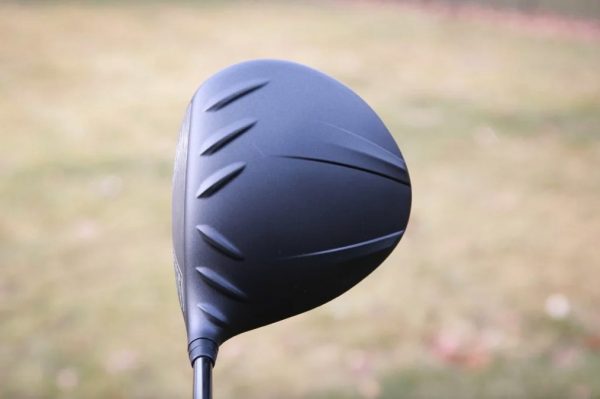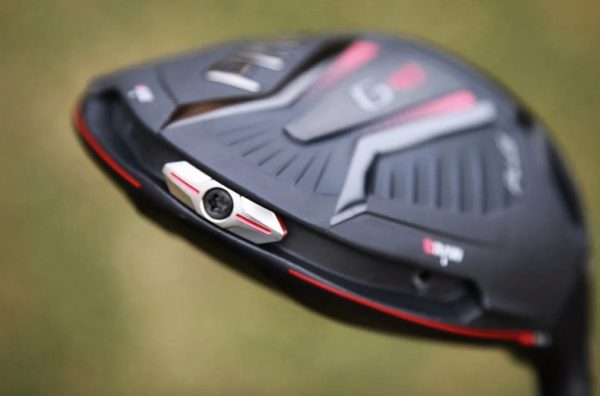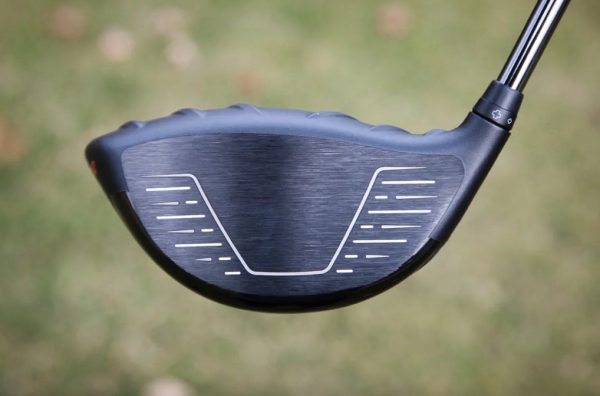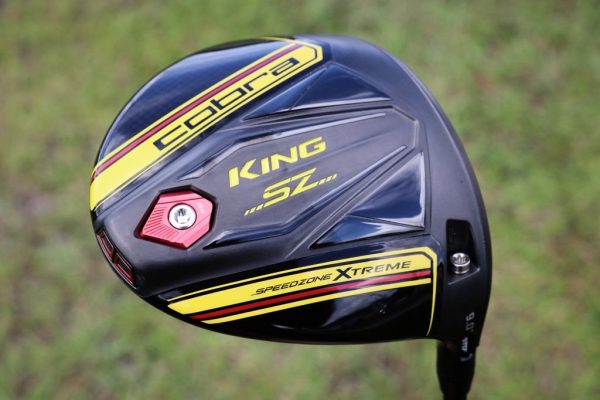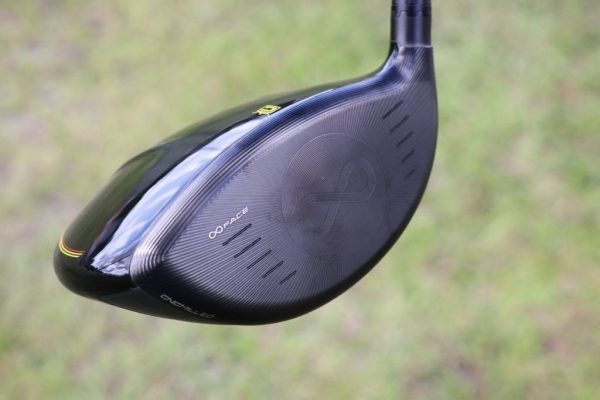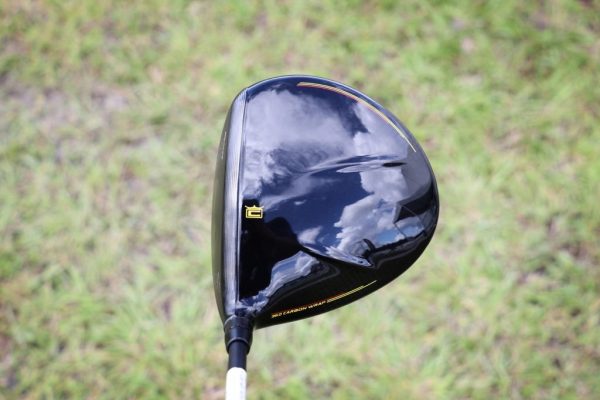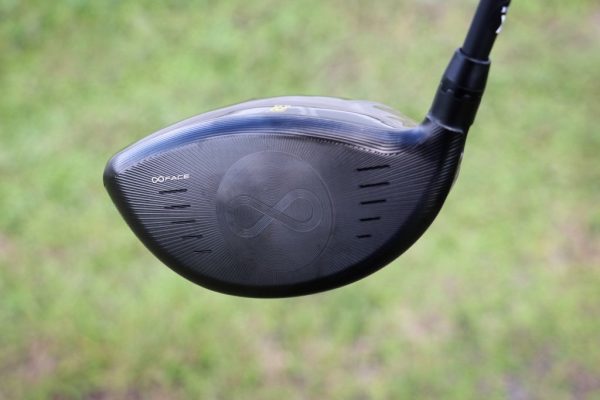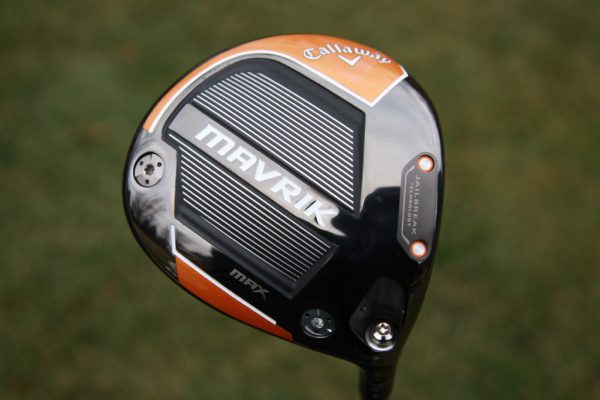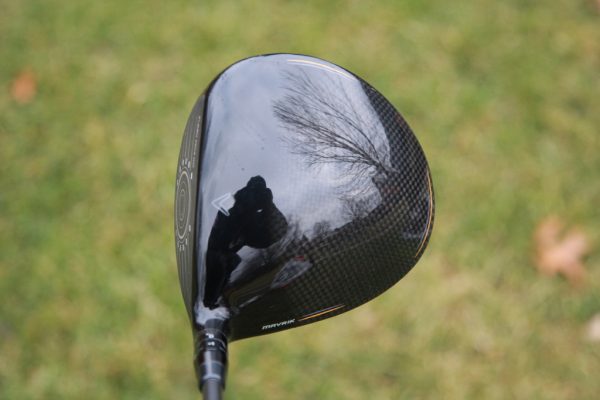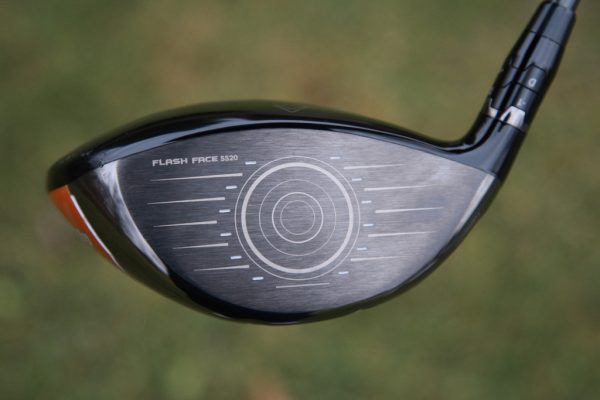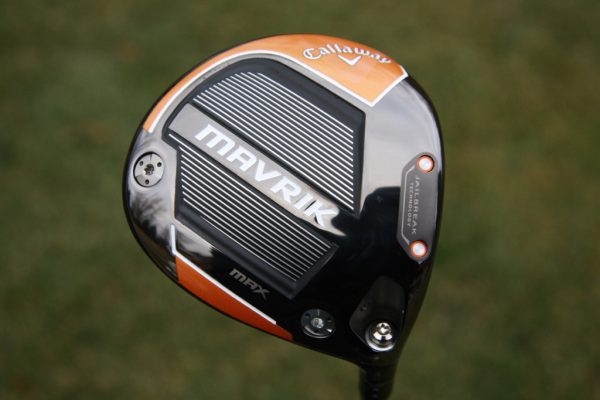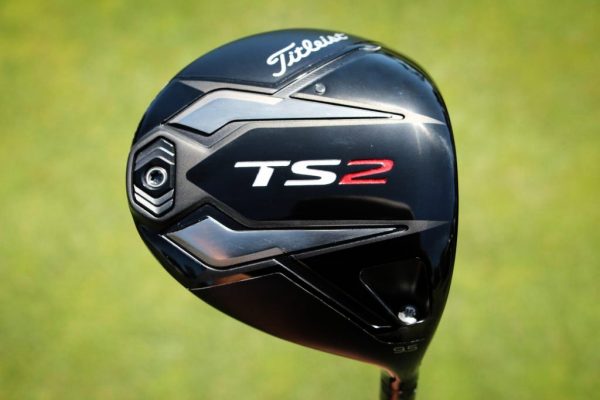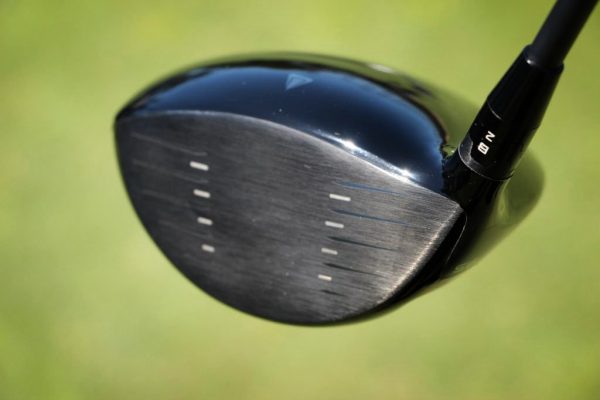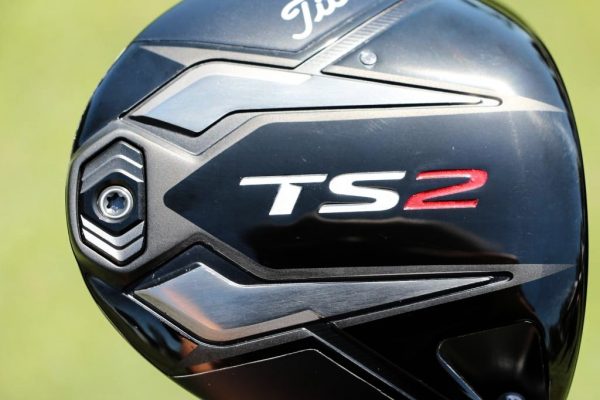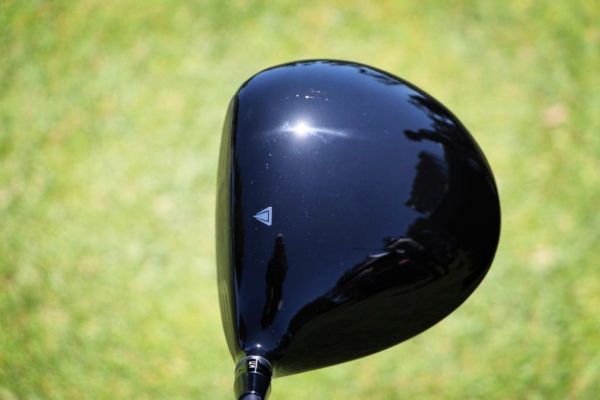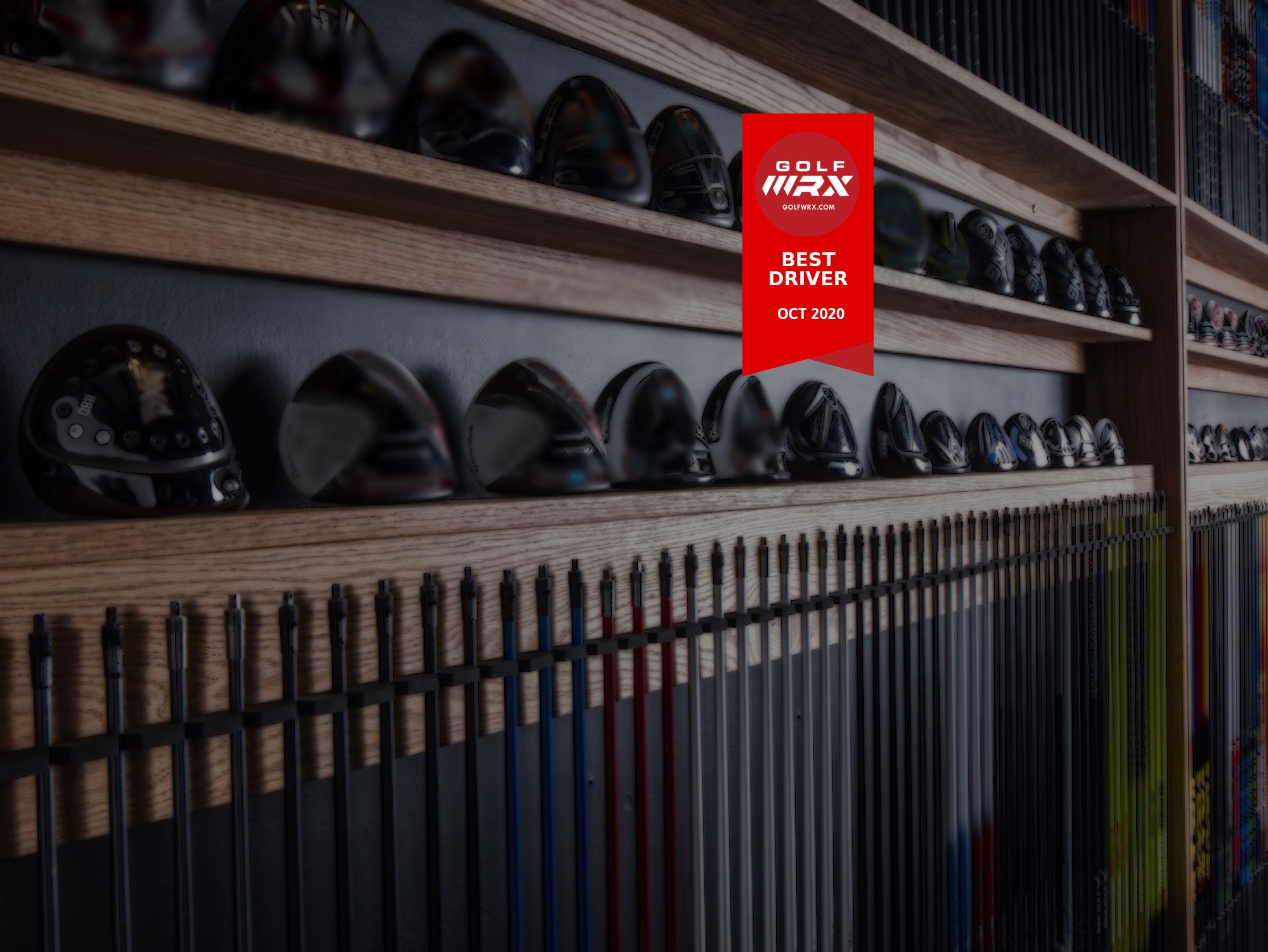
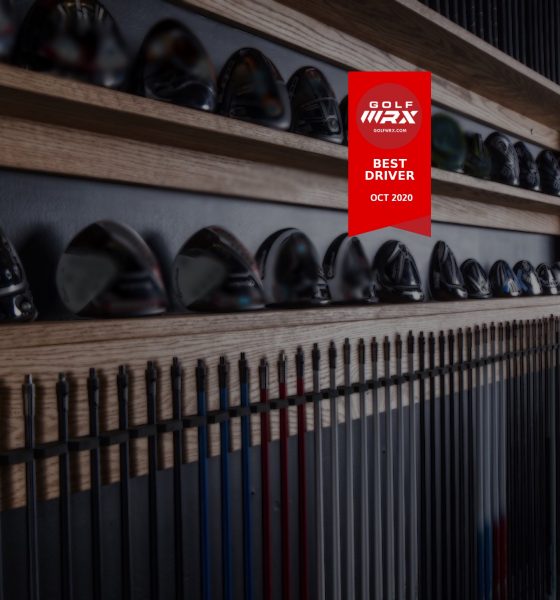
Equipment
2020 Best Drivers: A deeper look
The best driver of 2020 gets a closer look. All golfers want to know what is the longest driver, most forgiving driver or a combination of each. Earlier this year, we worked with the top fitters in North America to bring together our best driver of 2020 rankings. The rankings were compiled using an anonymous survey process, which allowed the fitters to be open and honest about which driver they felt offered the best performance advantages for golfers. We broke it all down by swing speed and forgiveness. (You can find all the rankings below)

Now with a season of fittings under their belts, we have again worked with our group of trusted fitters to dive deeper to deliver new insights on how to maximize the potential for these drivers for individual golfers—and to see if the top drivers as voted on earlier in the year maintain their ranking position. The consensus among the fitters was that the rankings hold true to their findings while working with players, but with that in mind, it still comes down to optimizing for each and every golfer. Key to that optimization is information, and that’s exactly what we mean to provide here.
Swing characteristics and player profiles play a big part in better understanding which golf clubs—especially drivers—are going to work best for each golfer. That’s why we have taken the time to talk with the fitters one-on-one, to focus in on what makes each driver really tick.
So, whether you already have one of the drivers on our list or are in the market for getting your golf bag set for the fall and into 2021, this is our way of helping you find your best driver.
Best driver 2020 rankings
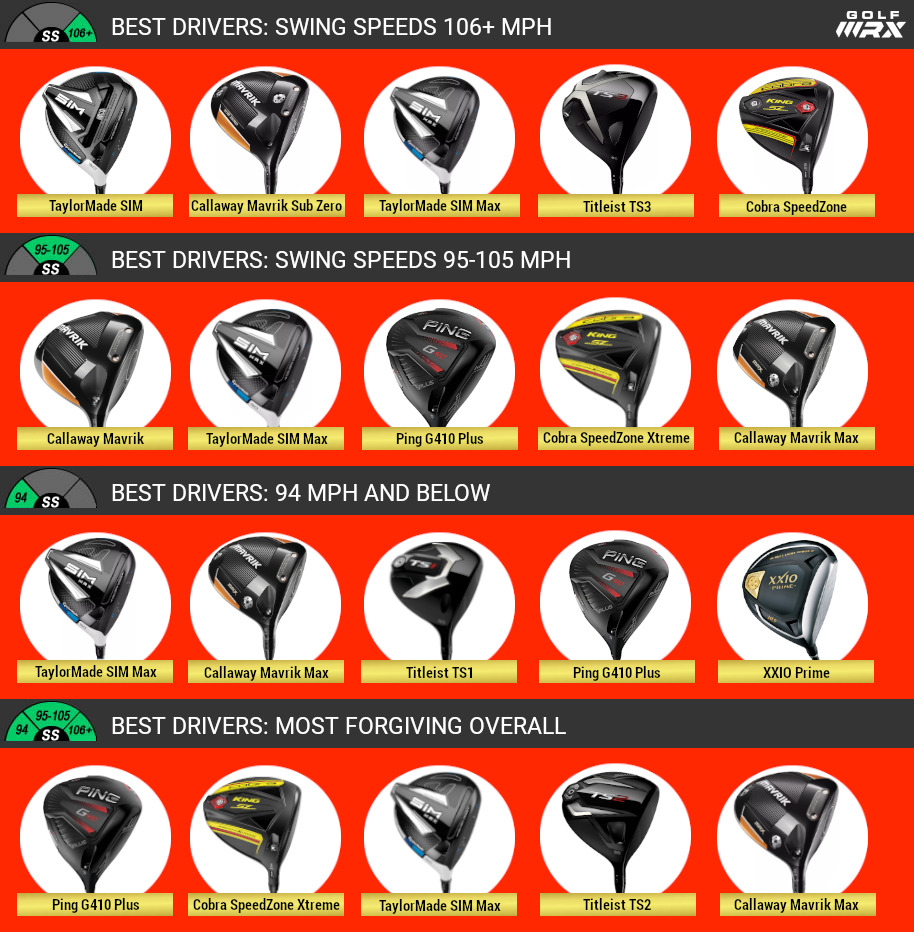
Best driver of 2020: Meet the fitters
Nick Sherburne: Founder, Club Champion
Clare Cornelius: Fitter, Cool Clubs
Kirk Oguri: PGA Professional/Club Specialist, Pete’s Golf
Sue O’Connor: Fitter, Cool Clubs
Scott Felix: Owner, Felix Club Works
Mark Knapp: Club Fitter, Carl’s Golfland
Eric Hensler: Manager & Fitter, Miles of Golf
Ken Morton Jr: Owner Dir. Retail & Marketing, Haggin Oaks Golf Super Shop
Tim Briand: SVP Customer Experience, True Spec Golf
Matthew Sim: Director of Operations, Modern Golf
Joe Kwok: Owner, Joe Kwok Golf
Ian Fraser: CEO & Founder, Tour Experience Golf
Mike Martysiewicz: Director of Club Fitting & Building, Tour Experience Golf
Shawn Zawodni: Fitter, Miles of Golf
Ben Giunta: Owner, The Tour Van
Best driver of 2020: The categories
We have broken it down into four total categories. Three are swing speed-based and the other forgiveness.

- Best driver for slower swing speeds <94 mph
- Best driver for swing speeds 95-105 mph
- Best driver for faster swing speeds 106+ mph
- Best driver most forgiving (we will also suggest alternative options for slicers)
The reason for this format is that every golfer fits into one of these categories regardless of age, handicap, or gender.
Even before starting the process of building the survey, we reached out to our trusted fitters to discuss how they sort through the endless head combinations available to golfers. Time after time, swing speed and forgiveness were the highest-ranked choices, after that it comes down to adjustability to fit individual players and their trends.
We can’t thank the fitters enough for their time, and we hope that if you are still looking for that best driver for 2020, we can help you find it!
A message from our founder, Richard Audi.
Why do we ask our panel of 15 top fitters to submit data and publish two “Best Driver” awards per year? We believe we need two per year—one in the late winter/spring so we can get early reports on what fitters are seeing for the season, and one in the fall to report the results of a full year of testing.
We feel it is responsible to circle back later in the year to verify the results and see if there are changes with a larger data pool. After months of testing did the results change? We talk to fitters that are in the trenches 8 hours a day fitting drivers for all types of players. The discussions we have with top fitters are fascinating.
So in that spirit, we have our panel of 15 top fitters who vote for the best drivers in four speed categories as well as forgiveness, and starting in this year, we are asking two times per year.
Fitters vs member opinions? Why not both. At GolfWRX, it has always been our goal to create the best platform for our members to tell what works for them and why. Every year we see new launches and members test them on the course and in fitting bays. Spin rate, launch, ball speeds, stability and even sound and feel. We can always read countless threads and comments to filter and ultimately find the front runners. But talking to fitters—and the best we can find— adds even more data to add to our craziness.
What categories are we awarding? Four speed categories and then the most forgiving overall drivers. We also add comments for each driver to try to drill down to address what you might be looking for. More comments from fitters provides color to the rating—members asked for the comments after year one, so we added them.
Why not robot testing? Nice for some but not practical and could provide data that wouldn’t be good for players. Would it tell us what driver in a specific shaft performed the best under a controlled experiment? Yes, it would. Same shaft, tipping, swing path, face angle, attack angle, dynamic loft, spot on the face, head speed, etc? Yes, it could tell us the performance of each head. But how does that correlate to us as players who don’t have that consistency? An engineer needs a capable MSA (measurement system analysis) to develop a DOA (design of experiment). The human golf swing is too variable.
Why not player testing? We tried that, and your feedback said that 25 players at a world-class fitting studio with TrackMan, different shafts, heads, etc aren’t enough to create the data pool you are looking for. As I said above, the variation of players in a pool of hundreds (let alone 25) is not telling us anything that would be significant enough. We had +2 to 14 handicappers and swing speed players from 80ish to high 120’s mph. Still, we (and you) were looking for a larger data pool to serve as the final say.
We are in the era of not just maximizing distance but also minimizing the penalty of common misses for each player. This is why, now more than ever, custom fitting is essential to helping you see results on every swing you make. Ultimately, the ideal way to find your personal best golf driver is to work with a professional fitter and find the one that offers you total performance for your game. What that in mind, this is our effort to help you narrow down your driver testing list.
We are here after years of trial and error and your feedback has been invaluable. As always, let us know if you feel there could be improvements for next year.
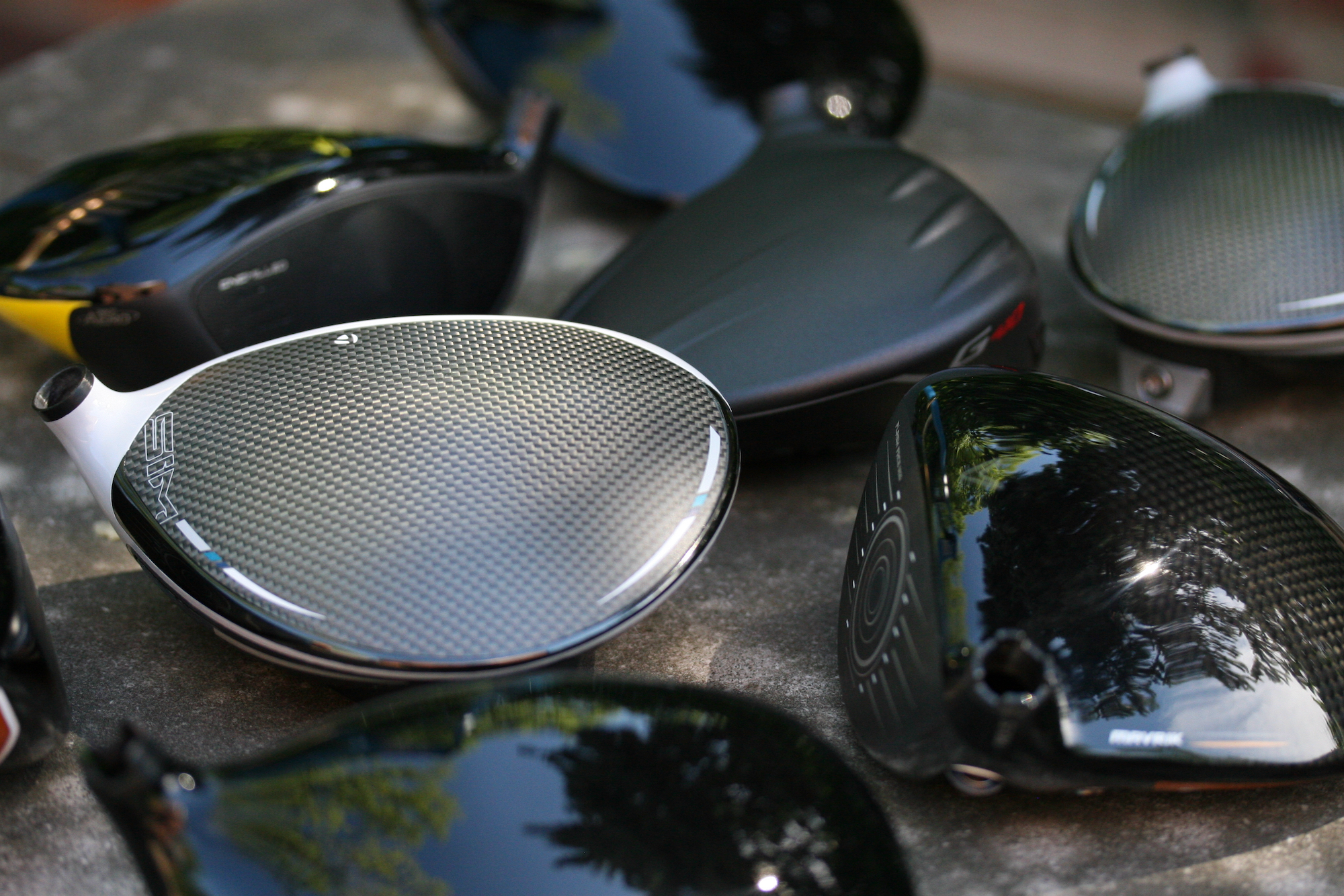
Best driver fitter insights
Mark Knapp (with Brad Coffield and Greg Mathewson): Carl’s Golfland
If you are a golfer who swings over 105 mph and are looking to maximize your distance potential, the TaylorMade SIM offers the best option since it is stable while still providing the lowest spin of any driver. With that in mind, do not be afraid to go up in loft compared to something you have used in the past, because you can hit a higher window and still keep spin low.
If you are a golfer who missed towards the low heel more often than the toe, the lower and more forward CG also really helps prevent the more spinny cut miss.
For the golfer who comes in and might hit a little down on the driver and needs help to get spin under control for longer and straighter shots, this is the one. Be sure to utilize the sliding weight adjustment too because we have found it a lot easier to help golfers eliminate directional misses more often when using the extreme ends of the track.
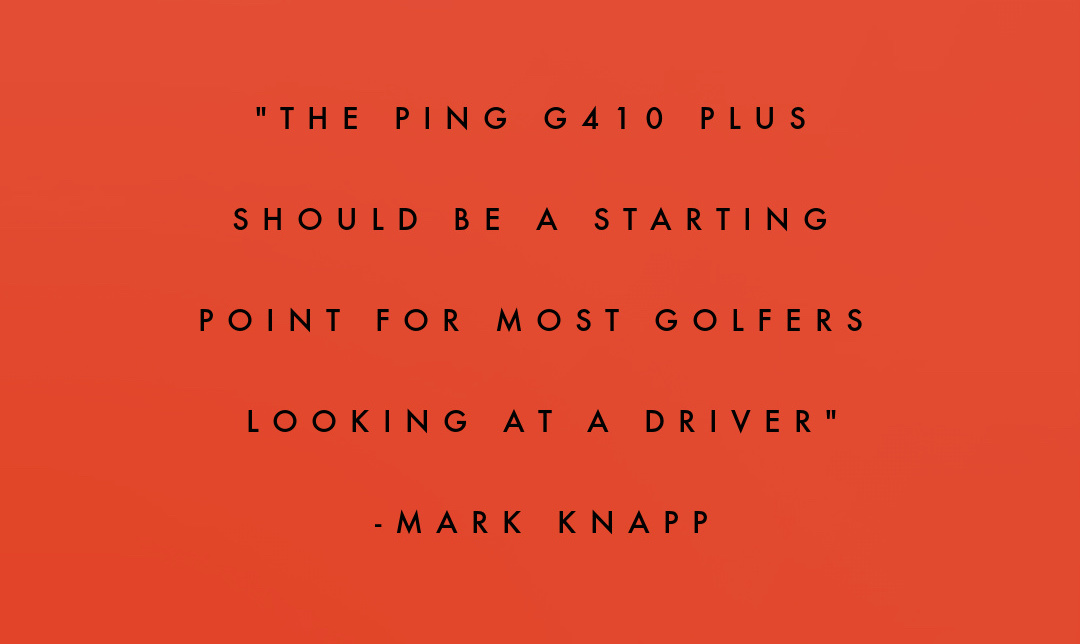
Delivery is a key factor when trying to help players get into the right head. For players who have a more optimal/lower spinning type of delivery (hitting up on the driver), club heads like the TS3, G410 Plus, Cobra SZ Extreme, Mavrik all do a very good job is offering extra stability, higher launch, and optimal spin. For drivers like the SIM and Mavrik SZ, some of these players can actually see their spin drop too low on mishits resulting in poor distance and accuracy. The opposite goes for golfers with what would be considered higher-spin deliveries, in which case you can reverse this list and see fantastic results depending on the swing speed of the player.
If you are a fader of the golf ball, you must try the Mavrik MAX. Don’t be afraid to mess with the hosel settings, especially the upright one, to help create better start lines (initial launch direction) to hit more fairways.
Although it’s not quite in the SIM category for spin reduction, the Cobra SpeedZone is still one of the lowest spinning heads available, while offering a very stable clubhead. The sole weights can be mixed and matched in all sorts of configurations, and I would highly suggest trying some heavier weights to dial in feel and ball flight. Try swapping out the “dummy” 2g weight for a 6g, and you’ll be surprised by the extra stability added.
The Ping G410 Plus should be a starting point for most golfers looking at a driver—it’s seriously that good. If you are are looking for some additional speed embrace the stock ALTA CB shaft. Ping does a great job designing these to pair well with the head.
The one club that has really stood out for us with slower speed players is the XXIO. The whole club from the grip to the head works as a unit and really help golfers with slower swing speeds pick up more distance.
Matthew Sim: Modern Golf
The most versatile driver this year for any golfer looking to help control spin is the TaylorMade SIM, and that doesn’t default to a lower handicap player either. With all of the adjustability, we can help eliminate bigger misses and create some serious bias into what starts off as a very neutral head. This leads to greater shot control and dispersion tightening—don’t be afraid to play with the maximum settings with the weight track and hosel!
Callaway Mavrik Sub Zero: The lower-spin head is great, but for stronger players with quicker tempos, it’s important to get the head weight up a little higher since the standard configuration is on the lighter side compared to other drivers in the “lower-spin” category. With that in mind, the stock weight configuration and head weight make the driver easier to square up for players not quite at the top end of speed and need a little extra help squaring the clubface.
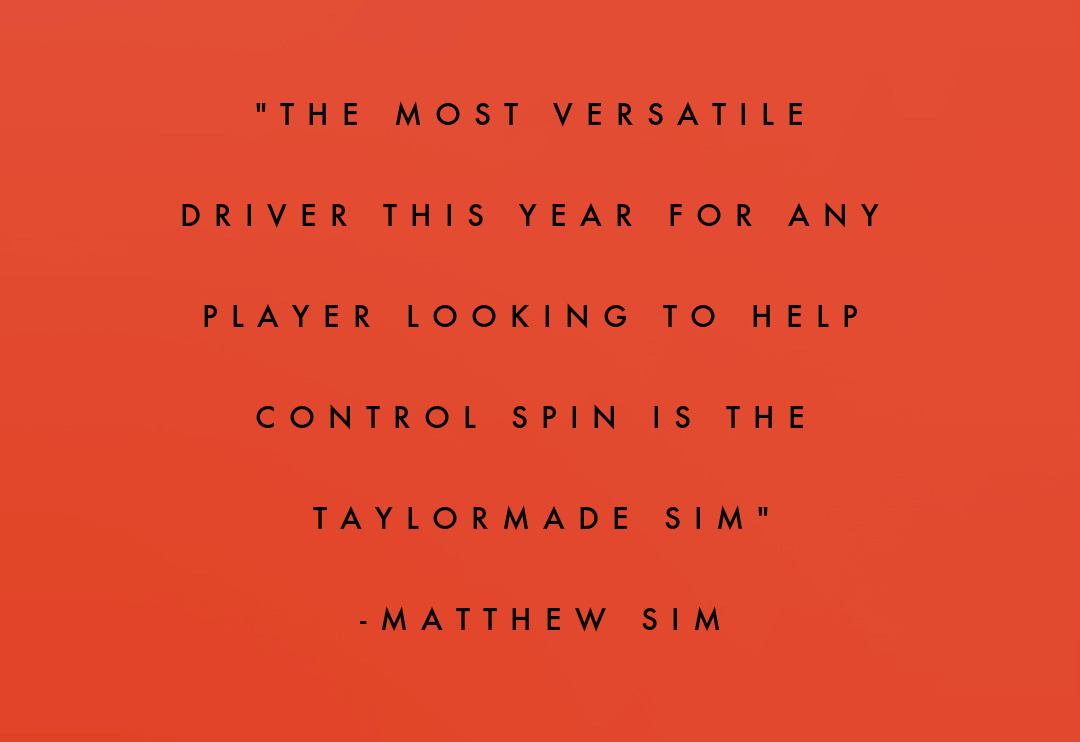
For golfers who miss more on the toe side, the Cobra SpeedZone offers some of the best ball speeds and fantastic stability not found in other lower-spinning options.
Ping G410 Plus is a great driver for golfers who are neutral to up with their angle of attack, but for those golfers who hit down, the more rear center of gravity produces a bit too much spin for most higher-speed golfers. The LST helps, but it’s still not as low as the lowest spinning heads.
For us, we see it quite a bit since a lot of golfers here in Canada are also hockey players and down and across (down and left for a right-handed golfer) is one of the most common swing tendencies.
If we ever see a golfer who needs help closing the face and improving their start line more towards the center the Mavrik MAX is a big help in that situation.
The one sneaky driver we have encounter is the PXG Gen 2. Overall a very solid club that can fit a number of different golfers thanks to it being very neutral and coming in higher lofts.
Tim Briand: True Spec
For us, the TaylorMade SIM checks all the boxes for golfers at the highest speeds. If you are struggling with direction, or just looking to finely tune, it’s extremely helpful to use the multitude of various settings on the sliding track and utilize the hosel settings. For those to tend to lose shots right, or face, and maybe even slice the ball, it is recommended to check out the settings that make the driver more upright.
The Ping G410 Max offers best-in-category forgiveness, and for players who either don’t practice that much or really just want to hit fairways, it’s the top pick. It’s no surprise when you consider Ping’s track record of drivers.

The best overall for us though is the TaylorMade SIM Max. For players that miss a little bit more around the face, it offers just enough extra spin compared to the SIM product to help keep the ball in the air and online. Offering this product in a 12-degree loft without having to adjust the club higher to achieve a higher loft is something quite a few lower speed golfers will find a huge help.
The one driver that continues to surprise us is the Titleist TS3. It’s an easy driver to maximize for faster players with good impact dynamics (neutral to upward angle of attack) and the ball speeds are consistently amongst the highest we see when struck in the middle of the face—and that’s with a nearly two-year-old product.
Nick Sherburne: Club Champion
The TaylorMade SIM is still my winner for faster players. Too many golfers buy a driver off the rack without even trying to use the adjustability features. These golfers are leaving yards and accuracy on the table and by not adjusting—even if that means going to the range and working out what settings work best.
The Callaway Mavrik is my “peoples’ champ” in that it offers a high level of forgiveness while keeping spin down and ball speeds up. When you add in the adjustability and all the lofts this driver comes in, you can really dial it in. My tip for the Mavrik would be for the golfer who struggles with a bit of a right miss, start with a lower-lofted head then loft up and make it more upright. It will help with the start line and keep spin lower than starting with a higher-lofted head.
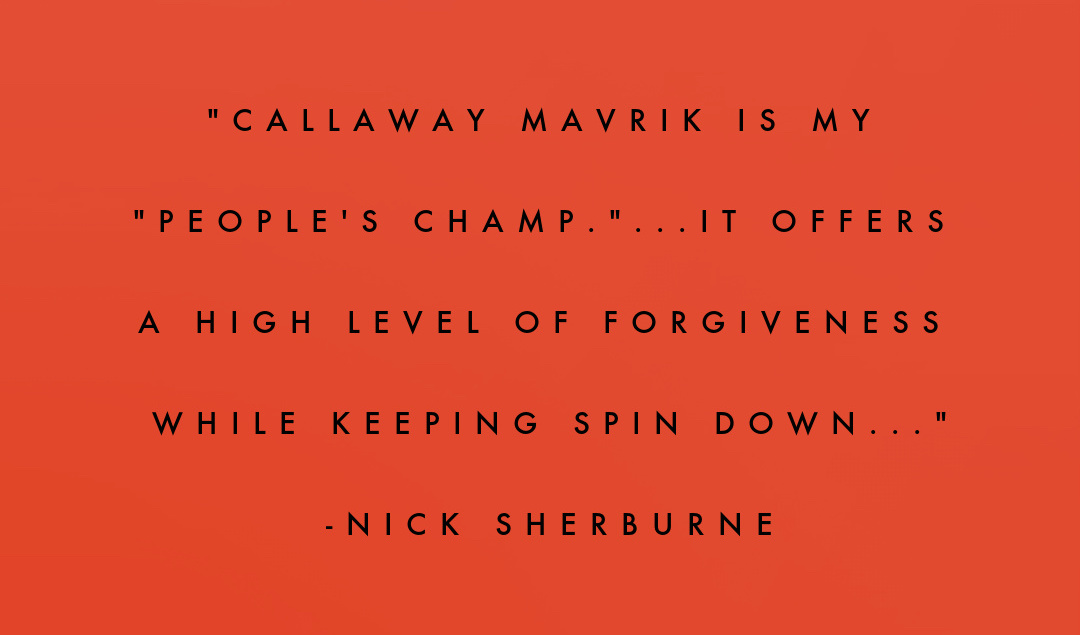
Regardless of the driver, be sure to pay close attention to face angle, or at least the perceived face angle, since it can have a big impact on start line (initial launch direction). Whether a player knows it or not, they will adjust to the way a driver looks and change their setup.
When looking at all of the driver options available in the higher-speed categories, don’t be afraid to try a heavier shaft and/or use options with the adjustable weights to make it play heavier. Overall, we fit more heavier drivers than we do light ones to help with accuracy and ball speed.
Another general rule to live by when looking at a new driver, or making adjustments to what you are using – focus on what helps you score better overall instead of “just” looking at what is going to offer you the longest results.
Sue O’Connor: Cool Clubs
If you are a player that struggles with misses around the face, the TaylorMade SIM along with Twist Face really helps bring missed shots closer to center.
If the misses are generally more severe than the next option would be the Ping G410 Plus. The Ping is the biggest help for golfers needing to hit fairways and struggle with face contact.

The Ping has been my biggest and best performer all year and is a complete workhorse. I like to think of it in a couple of ways, for golfers that are serious about equipment and getting the most out of their games but also don’t have the amount of time to invest in practice the G410 Plus is a winner—be sure to use the adjustments to your advantage—especially for strong players that want to see more of a fade ball flight since the Ping allows you to go flat in the settings.
For any golfers with slower swing speed, you will have more fun, hit it longer, and hit more fairways by lofting up!
Another big piece of advice for those in the slower speed category is go shorter in length NOT longer! A shorter driver will be easier to control and when hit off the middle (which will happen more often with the shorter length) you will achieve more ball speed. This works really well with the SIM. Sim MAX, and Ping G410 Plus since they have slightly heavier heads compared to others in the market.
Scott Felix: Felix Club Works
I have found that the top drivers in my fittings are the TaylorMade SIM, the Callaway Mavrik, and the Ping G410 LST. They all possess a number of performance keys including ball speed, adjustability, and forgiveness (in different ways).
For golfers that have the greatest face contact dispersion, the Ping is the top winner, so with that in mind, be realistic about your game and expectations and find out where you miss on the face most often. What compounds this for most golfers is the average driver length off the shelf is close to 46.” In my fittings the average driver leaves our shop at 44.75″.
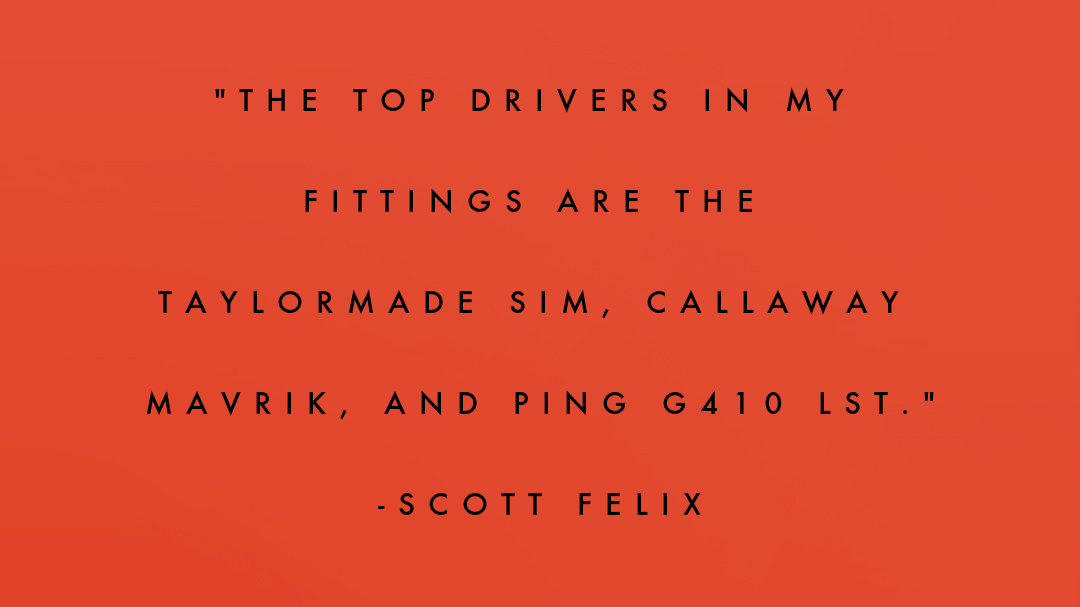
I highly recommend also working with available OEM weights to dial in total head weight and swing weight. I find that strong players need to go up so if you have a quicker tempo try getting that swing weight up—a few grams extra are not going to slow your swing down.
If you aren’t able to see a fitter, pay close attention to the stock shaft offerings available through each of the OEMs. For little to no extra cost you get get a high-performance aftermarket shaft that is going to fit you better than the single standard off the rack offering. From their think of the load profile of your swing, because it will also be a big part of determining flex. Quicker players (think John Rahm) need a stiffer overall profile and more weight, while smoother players (think Ernie Els) can see much more consistent results with a slightly softer profile in a lighter weight.
Claire Cornelius: Cool Clubs
Through all of my fittings, the TaylorMade SIM continues to reign supreme for higher swing speed players. For medium, to slower speeds, we can still get a lot out of the SIM and Mavrik Sub Zero, but I see better results from the SIM Max and the standard Mavrik.
The goal when working with any golfer is to maximize distance while also not sacrificing dispersion—it’s no good to give a player extra yards if they can’t find it. This is why if you are going through the process of adjusting your driver, value repeatability over flat-out distance.

Although they are towards the end of its product cycle, the Titleist TS series drivers continue to keep up with almost anything on the market with the TS2 working extremely well for those golfers needing to hit more fairways. Lower face misses spin a bit more than other drivers but if the goal is to optimize fairways its right up there.
Ben Giunta: The Tour Van
The versatility you get with Callaway if you can get used to how it sits is second to none. The head weight manipulation and loft sleeve give you more options than the rest.
To compare SIM to Mavrik, Callaway seems to be more forgiving for a broader range of players due to the ability to manipulate the head.
With drivers, it’s head first and shafts second. You can’t manipulate the shaft the way you can the heads. You can make the wrong shaft work in the right head but not the wrong head with the right shaft.
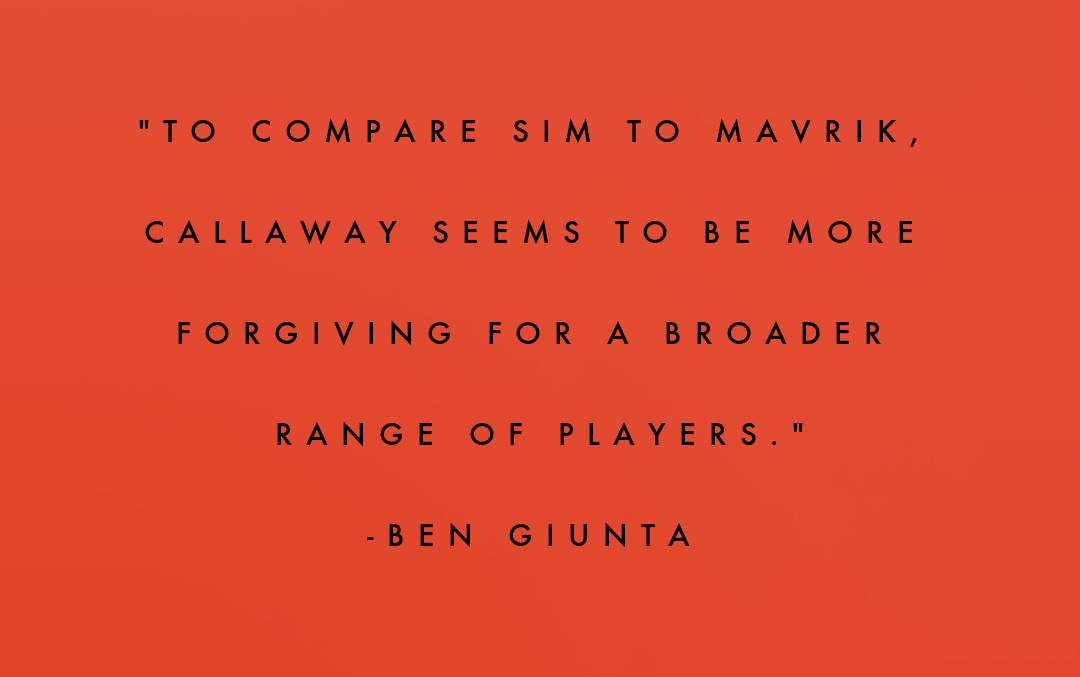
Once a good fitting happens, it’s imperative the build matches exactly. One of the reasons fit clubs go sideways is because the build is off. In most cases, the build is more important than the fitting. If anything, the club you get delivered after the fit should be better than the one you got fit with.
On a scale of 1-10, swing weight is at least an eight in all club fitting. Once again, the build has to replicate the fitting part.
Eric Hensler: Miles of Golf
2020 has obviously been an interesting year for driver fittings and the demographic has certainly shifted with more new players and golfers getting back into it after years away from the game.
Early in the year, I see more lower handicap golfers because they seem to want to get their gear dialed in for when the season starts, as as the season went on I started to work with more mid to higher handicap golfers. With that in mind, the TaylorMade SIM is still the leader for faster players looking for control, and for any golfer that may hit down on the ball and add unnecessary spin.

Even though the SIM Max has a slightly higher MOI and spins a touch more in the standard-setting, the SIM and the ability to shift the CG while also making the driver more upright, can greatly improve dispersion for those that come across it.
If I had to pick a “sleeper” driver, the Cobra SpeedZone is at the highest end of ball speeds once you get the weights in the right configuration for the player. For faster players, when we swap in a heavier weight for the 2g dummy weight, the head gets extremely stable, and we can see dispersion tighten up quickly—so if you already have one, I highly suggest trying a heavier weight setup.
This is probably something you’ve heard a lot from other fitters, and that is the Ping G410 Plus is the absolute best in class when it comes to stability and for golfers that require forgiveness. The Ping adjustable weighting paired with their easy-to-understand hosel makes it easy to tighten dispersion. For those golfers out that the miss around the face, or just want to hit more fairways find a G410 Plus and watch your driving improve.
Even though this is a driver discussion, it has to be said that the Fujikura Ventus works as advertised for helping reduce dispersion and keeps shots closer to the target, especially for faster players that miss more to the toe side of the face.
TXG
The driver of the year is SIM, SIM Max, and SIM Max D. Across the board the line seems to satisfy every golfer that comes in the door.
For players looking to get a bit more forgiveness and fight the right miss, Mavrik Max has been excellent.
SIM as a whole seems to check off the most boxes for better players. It’s long, forgiving, and potentially the most stable. SIM could be the best driver TM has ever made. The competition has to do something unique to beat it out in the fitting bay.
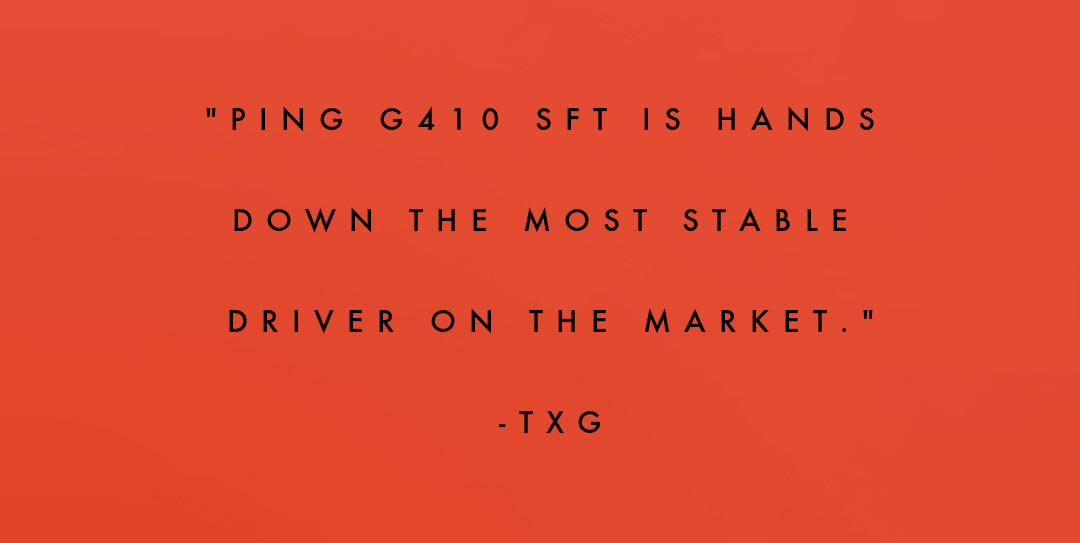
Ping G410 SFT is hands down the most stable driver on the market. The heavy heads lead to players being able to hit it all over the face and still keep it in front of them.
To separate SIM vs G410, SIM is for the player looking to pick up ball speed and maximize launch. The G410 LST is for the player that already hits it hard and is looking for something consistent.
An important component of a good driver is the quality of a mishit. If a driver flies perfectly out of the middle but the misses are terrible, that player needs to start weighing the total value of that driver. It’s the combination of it all. It’s not always ball speed and total distance.
Kirk Oguri: Pete’s Golf
In regards to sales, popularity, and performance SIM has dominated our bay.
The Coba SpeedZone Xtreme has done very well beyond the TM for the simple reason its a nice combo of stability and distance for players needing some extra help.
I’ll sacrifice 200-300 RPM of additional spin if the player is hitting the more stable head in play. Keep in mind the rocket balls don’t happen all the time but can be very attractive in the hitting bay. Its the fitter’s job to discern the cost-benefit analysis of and extra 3 mph of ball speed or 6-7 yards.
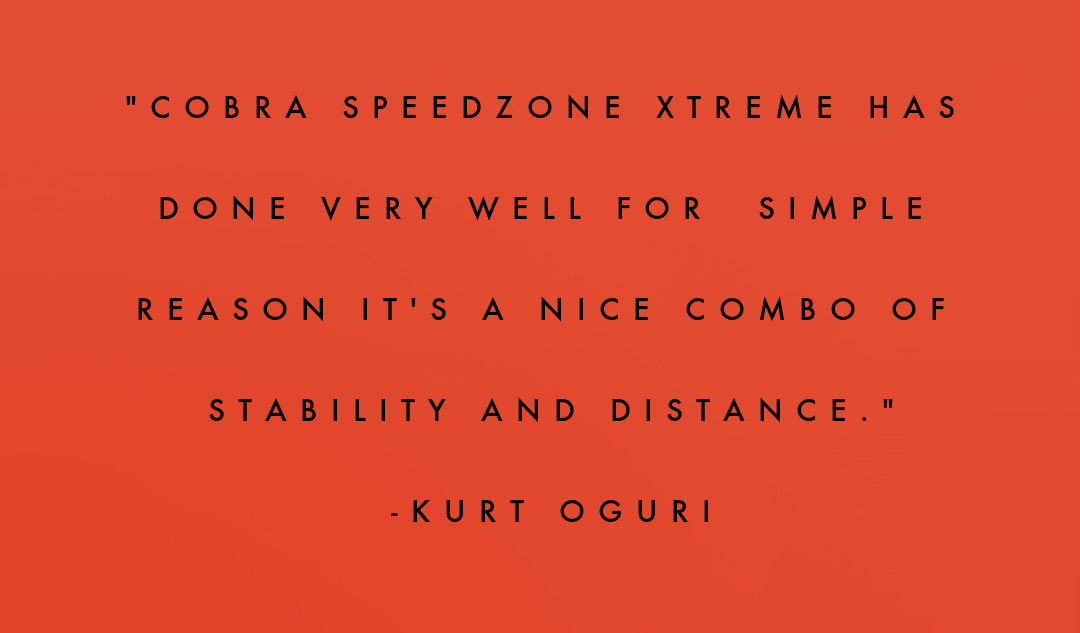
To me, face angle is more important than lie angle in driver fitting, the general golfer typically doesn’t need to mess with lie all that much since the ball is teed up.
Not everyone plays the game for the same reason, some players want the top of the line parts because that’s what is attractive and keeps it fresh for them and some players want the club that will help them shoot lower scores. Both of those players have the right motives. The point is they love golf and are excited to get out and play.
BEST DRIVER FOR 106 MPH AND ABOVE

TaylorMade SIM driver
- 2020 TaylorMade SIM driver’s adjustable weight.
- TaylorMade SIM has both Twist Face and Speed Injected face technology.
- SIM has a carbon crown.
- SIM moves the weight back to extremes for better MOI and lower CG.
TaylorMade SIM: The TaylorMade SIM (Shape in Motion) series is the result of engineers taking proven design concepts and combining them into three different drivers. The standard model SIM offers hosel (loft) and center of gravity adjustment to fine-tune specs for each individual player while also maintaining a very stable and low spin platform. Multi-material construction makes this TaylorMade’s most advanced driver to date.
Callaway Mavrik Sub Zero driver
- Mavrik SZ features a dual-weight system that optimizes speed and launch conditions
- The Mavrik Sub Zero also features Jailbreak technology for increased ball speeds.
- The Mavrik Sub Zero face was designed using AI.
- A light carbon crown is a key component of the increased ball speeds.
Callaway Mavrik Sub Zero: The driver artificial intelligence helped to build. The Mavrik Sub Zero combines higher MOI into a lower spin package. The Sub Zero is the lowest spinning of the three models in the Mavrik line where the key design feature is Cyclone Shaping to improve aerodynamics over the previous Epic Flash. Improved clubhead speed can help golfers produce faster ball speeds, which in the end results in more distance.
TaylorMade SIM Max driver
- With a big portion of weight pulled back and deep, the SIM Max launches high with plenty of forgiveness.
- The new topline of SIM MAX was inspired form feedback from the Tour.
- The High MOI of SIM Max is aided by Twist Face technology.
- Like SIM, SIM Max has loft/lie adjustability to fine-tune launch and flight preferences.
TaylorMade SIM Max: The SIM Max offers all of the advantages of the low spin standard model SIM but in a driver that offers greater forgiveness, thanks to the removal of the sliding weight track to reposition more discretionary weight around the head. The SIM Max also has a slighter deeper face, which offers golfers looking for vertical stability better dispersion too.
Titleist TS3 driver
- TS3 offers a CG optimizer to tune-in flight preferences.
- The thin face of TS3 creates a hot yet stable driver.
- The deeper face footprint of TS3 aids in its lower spin profile.
- Simple top line and clean overall look make TS3 the choice of many of the world’s top players.
Titleist TS3: In 2019, the Titleist Speed Project ushered in a new era for performance in Titleist metal woods. The TS3 has continued to be a staple in fittings by offering big gains for players making the switch from previous generation Titleist drivers.
Cobra SpeedZone driver
- SpeedZone drivers feature the latest iteration of Cobra’s milled Infinity Face.
- The face extends over the top of the carbon wrap crown.
- The T-Bar chassis was inspired by race cars.
- The sole of the Cobra SpeedZone driver features two weights to dial in launch and spin.
Cobra SpeedZone: To infinity and beyond! Since its introduction in late 2019, the Cobra SpeedZone with Infinity Face has been a huge success. Cobra engineers focused on improved geometry and mass shifting, along with implementing new manufacturing techniques to precisely control face thickness around the edges of the face, including topline and sole. This allows Cobra to have some of the highest quality control standards for face thickness in the market.
BEST DRIVERS FOR 95-105 MPH

Callaway Mavrik driver
- Back weight equals high MOI which makes Mavrik very easy to hit.
- Artificial Intelligence was used to create a face that was playable to all four corners.
- Although it’s forgiving, Mavrik gives the player a Tour-inspired shape and clean lines.
Callaway Mavrik: This driver is the flagship of the Mavrik line and offers of most aggressive aerodynamic Cyclone Shaping. It hits the perfect balance of lower (ish) spin—but not too low with forgiveness and higher MOI. Most golfers looking at the Mavrik series will end up with this in the bag thanks to its fitting versatility.
TaylorMade SIM Max driver
- With a big portion of weight pulled back and deep, the SIM Max launches high with plenty of forgiveness.
- The High MOI of SIM Max is aided by Twist Face technology.
- The new topline of SIM MAX was inspired form feedback from the Tour.
- Like SIM, SIM Max has loft/lie adjustability to fine-tune launch and flight preferences.
TaylorMade SIM Max: This is the second category the SIM Max finds itself in. This proves that when an OEM designs a well-rounded head, fitters are going to take advantage. The other benefit not yet mentioned about the removal of the sliding track is it simplifies the options for the golfers—because many golfers that buy a club off the rack don’t want to worry about ever adjusting any moveable weights.
Ping G410 Plus driver
- Trajectory Tuning 2.0 offers 8 hosel positions to adjust ball flight and loft.
- The “creased crown” with turbulators and Dragonfly technology beneath.
- The first moveable weight track in a Ping driver for dialing in CG and ball flight.
- T9S+ precision-machined Fast Forged face.
Ping 410 Plus: The G410 Plus is the standard for which other drivers are measured against for forgiveness—regardless of performance characteristics. The G410 has three models in the line but the Plus is the all-around performer, and it’s no surprise to find it on the list.
Cobra SpeedZone Xtreme driver
- The forgiveness-focused SpeedZone Xtreme features one six-gram weight in the rear of the sole.
- SpeedZone drivers feature the latest iteration of Cobra’s milled Infinity Face.
- Aerodynamic 360 carbon wrap crown.
- SpeedZone drivers feature the latest iteration of Cobra’s milled Infinity Face.
Cobra SpeedZone Xtreme: The SpeedZone Xtreme is built on a slightly larger platform than the standard model which allows more weight around the perimeter. A 17-gram weight at the very rear combined with multi-material head creates the highest MOI Cobra has ever had while still maintaining and a high launch/low spin profile.
Callaway Mavrik Max driver
- As with all recent offerings, the Mavrik Max is equipped with Jailbreak technology.
- 2020 Callaway Mavrik Max features a T2C Triaxial Carbon Crown allows for additional weight savings.
- The Flash Face is made from FS2S titanium, an extremely strong material that’s 6 grams lighter than traditional titanium.
- Interchangeable weights offer “Max draw” or “Max forgiveness” settings
Callaway Mavrik Max: At 460cc’s, the Max has the largest footprint from address because of its more shallow profile which makes it the easiest to launch of the three Mavrik models. It shares all the same features of the other drivers in the line including Flash Face 2.0, and Jail Break but in a more player-friendly package. Two weights (14g and 2g) offer either a maximum MOI setting or maximum draw with the weight position in the heel.
BEST DRIVERS FOR SWING SPEEDS OF 94 MPH AND BELOW
TaylorMade SIM Max driver
- With a big portion of weight pulled back and deep, the SIM Max launches high with plenty of forgiveness.
- The new topline of SIM MAX was inspired form feedback from the Tour.
- The High MOI of SIM Max is aided by Twist Face technology.
- Like SIM, SIM Max has loft/lie adjustability to fine-tune launch and flight preferences.
TaylorMade SIM Max: The SIM Max showing up in every speed category shows not only how good the driver is but its adjustability and loft offerings can fit a wide range of players.
Callaway Mavrik Max driver
- As with all recent offerings, the Mavrik Max is equipped with Jailbreak technology.
- 2020 Callaway Mavrik Max features a T2C Triaxial Carbon Crown allows for additional weight savings.
- The Flash Face is made from FS2S titanium, an extremely strong material that’s 6 grams lighter than traditional titanium.
- Interchangeable weights offer “Max draw” or “Max forgiveness” settings
TaylorMade SIM Max: The SIM Max has made its way into every category on our best drivers ranking. Although it doesn’t offer the same adjustability as others, it proves that a versatile clubhead designed to be well rounded can be a winner for almost any golfer.
Titleist TS2 driver
- High-launch, low-spin profile, assisted by rearward weighting.
- Ultra-thin face.
- Ultra thin, clean titanium crown.
Titleist TS2: The TS2’s continued success on our best driver list is proof that Titleist’s commitment to re-engineering their metal woods to maximize performance has paid off with the Speed Project. It also proves that a well-fit driver can be hard to beat.
Callaway Mavrik Max driver
- As with all recent offerings, the Mavrik Max is equipped with Jailbreak technology.
- 2020 Callaway Mavrik Max features a T2C Triaxial Carbon Crown allows for additional weight savings.
- The Flash Face is made from FS2S titanium, an extremely strong material that’s 6 grams lighter than traditional titanium.
- Interchangeable weights offer “Max draw” or “Max forgiveness” settings
Callaway Mavrik Max: By building the Mavrik MAX on a high MOI platform packed with technology, it’s easier for golfers to hit fairways. When you put all of the adjustability features together—including the hosel adjustment and heel weighting—it doesn’t take long for a fitter to dial in specs built for distance and finding fairways.
MOST FORGIVING/STRAIGHTEST

Ping G410 Plus driver
- Trajectory Tuning 2.0 offers 8 hosel positions to adjust ball flight and loft.
- The “creased crown” with turbulators and Dragonfly technology beneath.
- The first moveable weight track in a Ping driver for dialing in CG and ball flight.
- T9S+ precision-machined Fast Forged face.
Ping 410 Plus: If you feel like you’ve seen this before—you’re right. The Ping G410 Plus was rated our number one most forgiving driver in 2019, and it continues to lead the pack. The high-MOI design produces consistent results all over the face and with the adjustability for shot shape, you have the ultimate fairway finder.
Cobra SpeedZone Xtreme driver
- The forgiveness-focused SpeedZone Xtreme features one six-gram weight in the rear of the sole.
- SpeedZone drivers feature the latest iteration of Cobra’s milled Infinity Face.
- Aerodynamic 360 carbon wrap crown.
- SpeedZone drivers feature the latest iteration of Cobra’s milled Infinity Face.
Cobra SpeedZone Xtreme: The SpeedZone Xtreme’s shape and geometry create an extremely high MOI. The great “hack” with this driver is that, thanks to the adjustable rear weight, when it’s played at a shorter length the additional mass (14g vs standard 6g) takes the MOI even higher, and makes it the most stable driver Cobra has ever produced.
TaylorMade SIM Max driver
- With a big portion of weight pulled back and deep, the SIM Max launches high with plenty of forgiveness.
- The new topline of SIM MAX was inspired form feedback from the Tour.
- The High MOI of SIM Max is aided by Twist Face technology.
- Like SIM, SIM Max has loft/lie adjustability to fine-tune launch and flight preferences.
TaylorMade SIM Max: The SIM Max has made its way into every category on our best drivers ranking. Although it doesn’t offer the same adjustability as others, it proves that a versatile clubhead designed to be well rounded can be a winner for almost any golfer.
Titleist TS2 driver
- High-launch, low-spin profile, assisted by rearward weighting.
- Ultra-thin face.
- Ultra thin, clean titanium crown.
Titleist TS2: The TS2’s continued success on our best driver list is proof that Titleist’s commitment to re-engineering their metal woods to maximize performance has paid off with the Speed Project. It also proves that a well-fit driver can be hard to beat.
Callaway Mavrik Max driver
- As with all recent offerings, the Mavrik Max is equipped with Jailbreak technology.
- 2020 Callaway Mavrik Max features a T2C Triaxial Carbon Crown allows for additional weight savings.
- The Flash Face is made from FS2S titanium, an extremely strong material that’s 6 grams lighter than traditional titanium.
- Interchangeable weights offer “Max draw” or “Max forgiveness” settings
Callaway Mavrik Max: By building the Mavrik MAX on a high MOI platform packed with technology, it’s easier for golfers to hit fairways. When you put all of the adjustability features together—including the hosel adjustment and heel weighting—it doesn’t take long for a fitter to dial in specs built for distance and finding fairways.
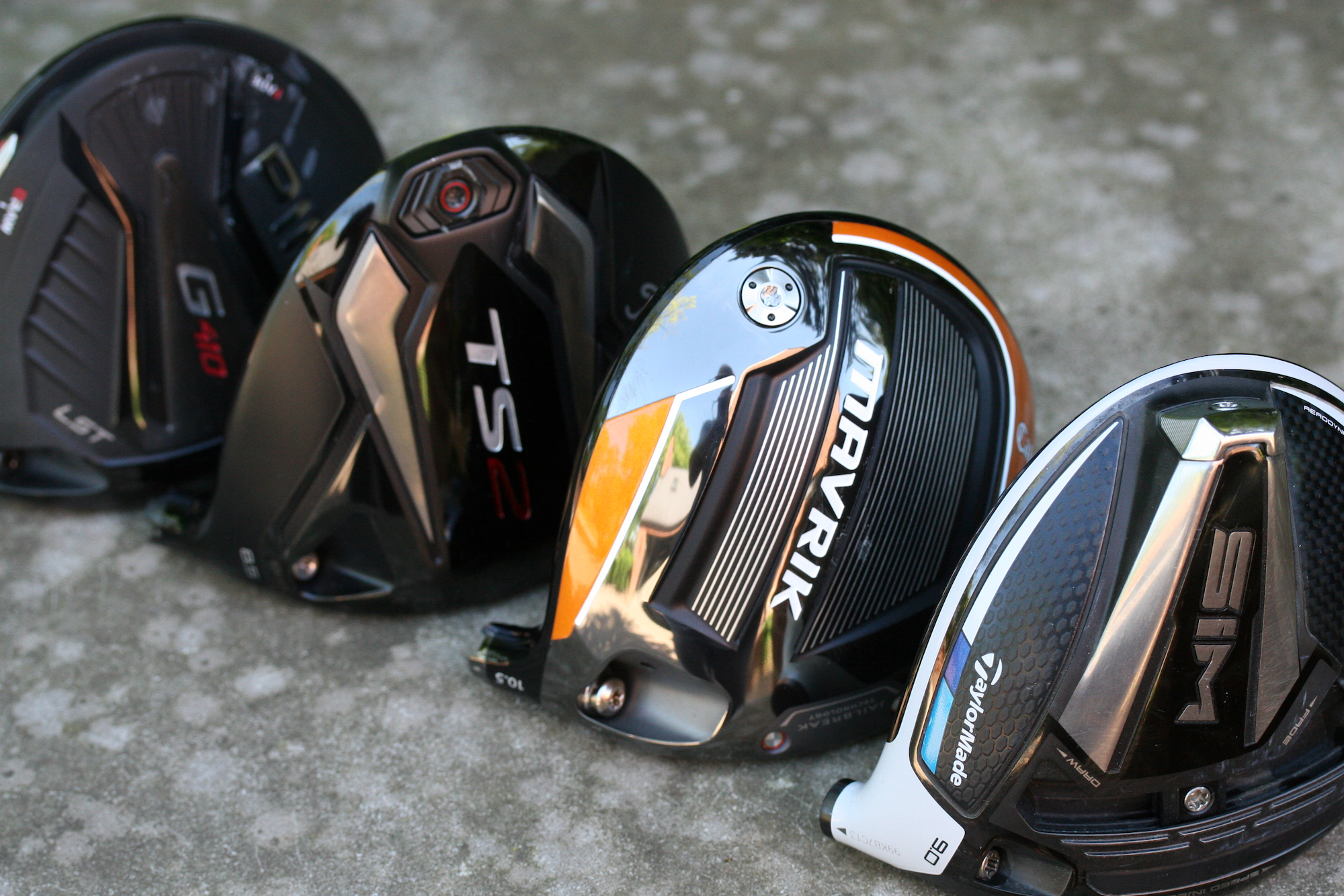
Forum member comments on 2020 best drivers
- forum member comments have not been edited for style and are presented as written.
TaylorMade SIM
herbert7890: “I ADORE my SIM. As a matter of fact, it helped this past Saturday on my way to my lowest round since coming back to golf a year ago (after a six-year hiatus due to surgery). Shot a 1 Under, 71. The driver really helped me to accomplish this, so long and very straight for me. Longest was 330 Yards, but 8/14 drives were 300 plus. I have it set at 7.5 degrees with a Hzrdus Smoke Green Shaft.”
CJ17: “My God, this thing is long. I have an 8* SIM in a Ventus Blue 6x at 44.5”. Absolutely eliminates the left side and just hits rockets. Even outside of the middle of the face, it just eliminates spin, which is super useful as a high SS guy. Some drivers seem just to balloon if you are bringing big speed and don’t exactly nut it. Don’t see myself ever changing unless I have to make swing changes.”
fillwelix: “The thing (10.5 SIM in a Ventus Black 6x) was seriously nuclear. My clubhead speed bumped up only about 1 or 2 MPH, but the launch and spin were incredible, as well as ball speed. I topped out at 170 ball speed, which I had never gotten before.
Callaway Mavrik Sub Zero
LyinLikeARug: “I was recently fitted into the SZ driver head with Accra TZ6. The shape and sound are just about perfect. According to the WRX podcast episode with David Neville from Callaway, the Mavrik SZ head was heavily influenced by the Epic Flash triple diamond head. I have never hit a triple diamond head, but I love the idea of a driver designed to defend against the high toe duck hook miss.”
Banker: “I’m liking my SZ more and more. I tried a Pro Blue in it this weekend and think I’ve found my combo. It was longer than the Veylix Rome and Phenom combos by a good margin. Besides the sound, which is a very solid, thwack and it feels just like it sounds, my misses have been every bit as forgiving as my 410+ head was since I’ve been playing it.
TaylorMade SIM Max
SecondShot: “Played five rounds with my new SIM Max driver. Oh boy – most forgiving driver I’ve ever hit. It feels like cheating. And the sound is hot.”
Haber: “I have had my Sim Max 10.5 for a few months now and have never hit more fairways in my life. I ordered mine with the stock Diamana and ended up with a couple AD GP’s in 6s and 6x. For my 105 swing the 6s worked out the best, and it has been a point and shoot. I sold the 6x to my playing partner who plays the Sim 8 degree, and he has never driven the ball better either. This lineup is one of the best.”
gc70: “I’m gaming the Sim Max 10.5*, 44.5”. I have it set up flat opened up, so it’s 9.75* with a GD IZ 6s. Last two rounds I went 26 of 28 fairways. This is the best feeling, sounding, and forgiving TM driver ever IMO. When I do miss a fairway, it’s within feet of the fairway.”
Titleist TS3
Tim929: “Feel of the TS3 at impact is as classy as it gets, the sound is superior as well (vs any other brand I tried). Titleist means titleholder… and yes it does.”
DaRiz: “The TS3 is a monster. Performance/feel wise it reminds me of the Cobra LTD (but available in a sexier 8.5* package). If I am honest, I don’t love the way it looks on the sole; I think the TS2 and TS4 look way better upside down, but the look at address is the best from any OEM in the past few years IMO. It is just so classic and neutral with the perfect shape. I agree on the SureFit cartridge; it does not move the weight that much, but what it does do better than any other weight distribution device is change the feel. As was mentioned, the TS3 is naturally draw-biased, so it is great for those who miss closer to the heel. Even though I play a draw, I fall into that category of heel-side misses, and when I put the weight on the heel side, the sound/feel gets super smushy, and I love it. I could see some people absolutely not getting along with it due to CG location, but paired with the right shaft (obviously) it hits bombs and looks good doing it.”
SAM_PGA: “My TS3 is the best driver I’ve ever hit, paired with the UST LinQ Purple it is the most consistent driver I’ve EVER played. My miss is typically in the heel. And with my throw weight set for more weight in the heel it’s no wonder why I don’t have the high right miss and VERY GOOD ball speeds even with a slight miss.”
Cobra SpeedZone
jvincent: “Just got back from my trip to the RTJ Trail where I put my new SZ to the test. Last year I played a 9* F9 with a 14g -front, 10g-back setup at 44.5″. I have the 9* SZ with a 16g-front, 8g-back setup. Same shaft I had in the F9. From a looks/setup perspective, the SZ is a big improvement over the F9. The infinity face looks much better at address. Acoustically, the SZ is a little bit livelier than the F9. Performance-wise, the SZ was fantastic. It was very consistent across the face.”
arobbins3: “I went from F9 to the SZ. Couldn’t be happier with performance. I think the SZ is more forgiving than F9 and performance is just where I need it to be. It’s money. I hit it better than the SIM and Mavrik. But that’s just personal – you can’t go wrong with the SZ. Both the white and yellow look great, too.”
Callaway Mavrik
JoeFrigo: “The regular Mavrik will be the sleeper of the line. At 9* I found it very accurate, controllable, penetrating, and spin surprisingly low. I routinely saw 13* launch with spin around 2200 – 2500. “
Thinnedit: “Been hitting the standard Mavrik indoors for about a month and the sound is a massive improvement over the flash (my opinion). Finally received mine yesterday and hit it outdoors today. Wow, this driver sounds amazing. Nice muted thwack and the ball gets small real quick. Really struggled with a ‘push power fade’ with the flash, with the Mavrik the ball just goes straight. 100-103mph swing speed with ~150 ball speed. Slight fade/draw instead of the extreme lefts/rights I was previously experiencing. I don’t know what else I can say. I love it.”
AzSuperHack76: “3rd round in with the standard Mavrik. Absolutely love it! The sound is so much better than the Epic Flash, night and day different. Everyone has commented on how great it sounds. I didn’t think it was possible for a driver to be more forgiving than the Epic Flash, but the Mavrik is. Again distance is basically the same for me compared to the Flash, but dispersion is clearly better with the Mavrik. I wasn’t even looking to buy a driver, but when I demoed the Mavrik, the sound, feel, and dispersion made it an easy purchase.”
Ping G410 Plus
LaymanM: “A big fat yes for me and much much straighter! Had a G400 Max and tried tour 65s, Alta CB and Adlila Rogue max 75x. Hit really bad hooks. Now have G410, play flat setting, fade position and PX evenflow black 75 6.0 at 44.5″. It’s 10-15 yards longer and just wants to fly straight. I love this driver!”
Kratus977: “I’m loving my G410 plus. I always wished for a G30 that went as far as my Cally Epic. This is what the G410 is for me. Can’t say enough about this driver. Absolutely love it, and have so much confidence in it.”
Cobra SpeedZone Xtreme
03trdblack: “The Xtreme is just like cheating, and it didn’t seem to matter what kind of swing I made, every shot was exactly the same. Was using the new Aldila Rogue Silver 110 stiff…Spin was just a hair higher than the regular version with the heavy weight forward, but it was so easy to hit and so consistent I didn’t even care. The other benefit it has over the G400 Max is you can lower the loft all the way down to 7* which will be a huge benefit if you already hit it high enough but want the extra consistency.”
arobbins33: “I have the SZ Xtreme in the bag (I got it off a trade) along with the SZ 3 wood. The Xtreme is super, super forgiving. But it does spin a bit more than the SZ head with the same shaft. I was also consistently around 108mph clubhead speed with the SZ and consistently around 105.5 with the Extreme last night on the launch monitor.”
gripandrip: “I had a chance to hit the Xtreme head today. I had hit the regular SpeedZone head a few days ago. The Xtreme head is very forgiving, but not any longer than my current EPIC SZ (original). That said, it’s a great driver, and the forgiveness alone would be reason to change for anyone struggling with consistency. It is, however…. pretty darn loud.”
Callaway Mavrik Max
PuttersaurusRex: “Paired my Mavrik Max with a VTS Silver I had laying around, and I am done searching. Every drive was straight today.”
jeffrey3: “What I have found with the Mav Max, is that for my game, the heavier weight in the heel is preferable. It really does help the club turn over easier, and that has proven helpful for me out on the course. Mav Max launches high. 9* should be the starting point, and then see if you need to go up to the 10.5* head. I generally have my 9* +1 or +2 anyway, so between 9-11* in loft will be plenty for most of us with the Mav Max. Mav Max is very forgiving, but not idiot-proof.”
Titleist TS1
pricenicky: “I was fit for the TS1 with the speeder 40 reg. It hit okay and felt good at d1. I replaced the shaft with a GD IZ 4 R1 AT 46 ” AND omg – what a difference! I had a tv 25 gram grip put on, and now this club is d6 / 46 ” / 221 CPM and only 269 grams because of the weight difference of the grip and shaft. A great re-shaft from the speeder.”
collingsom1a: “I found the TS1 driver to be one of the finest drivers I have hit in a long time. I never, ever thought I’d find a driver that would replace my Ping G400 MAX. But, I found the TS1 so smooth to swing, and when great contact was made, it sounded wonderful, and the ball literally exploded off the face. I was hitting it 15-20 yards past all the guys in my foursome, and I’m usually only 5 yards past them. I particularly enjoyed the boring trajectory, and longer carry, less spin vs my Ping G400 MAX…I’m usually not an ultra-lightweight shaft guy, but the Fubuki 45g shaft was perfect for me. Very smooth feeling, very balanced…I am a senior player, and that’s who this club is engineered for, someone with slower speed. If you’re over 50-60, you need to take a demo for a spin.”
Titleist TS2
steven2: “When the Titleist guy swapped the Smoke Black 60/6.5 for the EvenFlow White 65/6.5… I went from hitting the TS2 decently to hitting it really well. And it felt totally different – both more ‘life’ in the shaft and also far firmer in the hands. I felt I could really trust my swing to protect against the left side, where the Smoke just wanted to snap left on what felt like only slightly poor swings.”
CCTxGolf: “I can go at my TS2 as fast as possible without having to worry too much about spraying one either direction. Best and easiest to hit, for me, since Callaway xr16. And I’ve tried most of them. The confidence in being able to really get after it is what gives me the extra distance.”
harpua728: “Been spending a lot of time with these drivers and up to now I strongly preferred the look of the TS3. However, for whatever reason, the TS2 didn’t look too bad to me yesterday, and I definitely find it more forgiving. It gives you the confidence to swing away and not worry about tiny misses.”
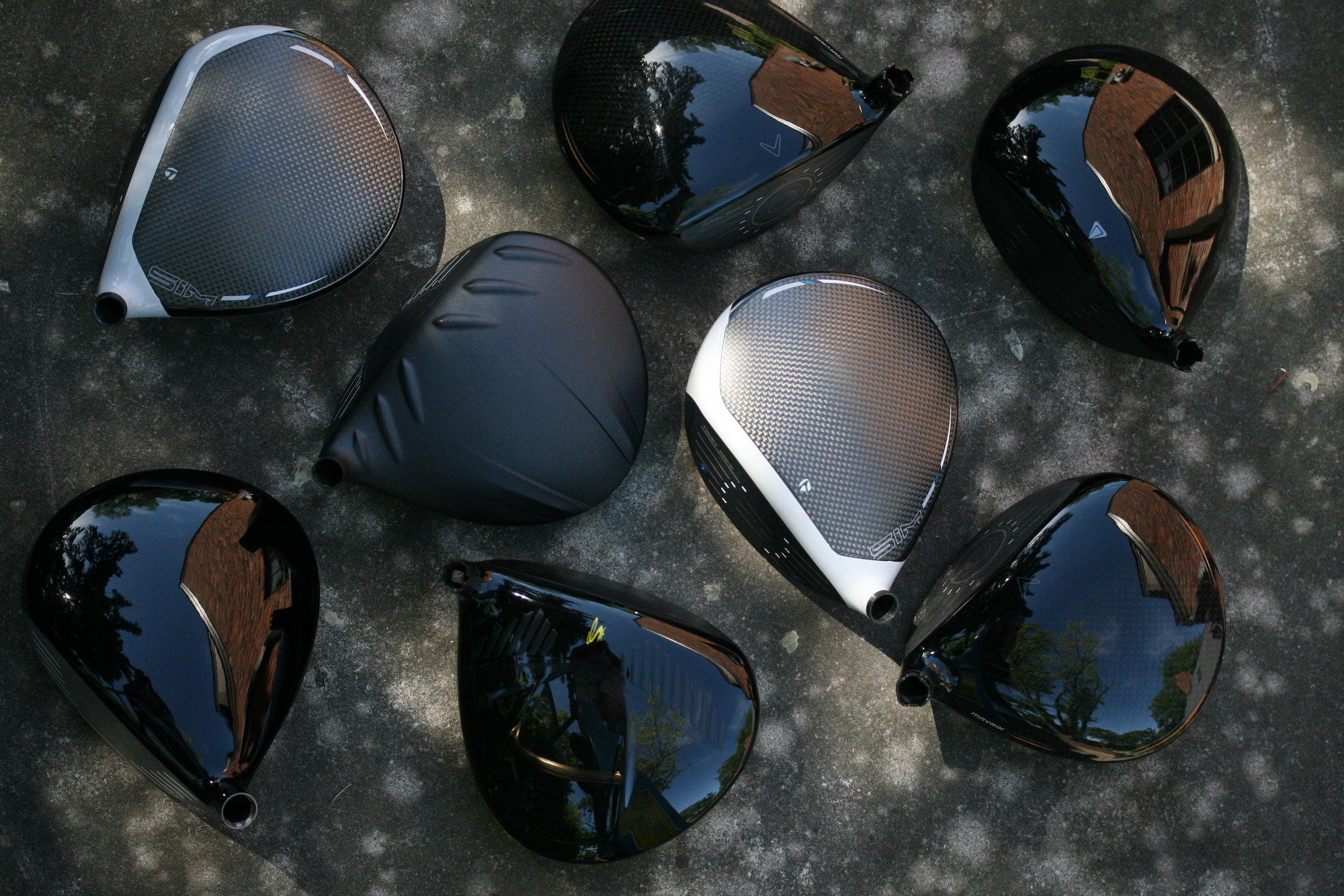
A final word from the GolfWRX team
We at GolfWRX have one goal in mind with everything we do, to give you the information that will help all players get better and enjoy the game more. The whole point of having the “best driver,” in this case, is not just to hit it farther but to find the tool that helps you shoot lower scores.

So now, once again we see technology making all clubs, faster, more forgiving, easier to control, and ultimately better. But now what? What can OEMs, fitters, teachers, and we at WRX, do to push the conversation all the way past the driver and into the cup faster?
We believe it falls into three categories
- For the fitters: Any club fitting involves numbers, testing, and eventually a result. The driver (result) in this case seems to be cooked and in theory, should enable that player to hit better drives to better places on the golf course and put them into a position to make a lower score. SHOULD is the keyword here. But what can fitters do for their clients once the shine of that driver has worn off? What if on the course things change and the club doesn’t perform as it should? Putting shot tracking systems that allow fitters to follow their clients for 5-10 rounds to “make sure” might be the answer. Imagine, after 10 rounds your fitter sends an email saying “it looks like you are losing your driver off to the right, let’s discuss and see what we can do to adjust it.” Some fitters use systems like this, but it hasn’t become essential like a launch monitor. It needs to be.
- For the teachers: Golf IQ is a term only used for the best players in the world. How often have you walked up to a coach and discussed first and foremost the basics of “playing the game”—not technique but strategy? Golf is chess, not checkers. You just got fit into a driver that helps you hit it 320—but now what? Where do I hit it now and why? This goes for every player. Players need to develop an understanding that golf is a game of score not swing. With measurement and tracking technology, players can now get an unbiased statistical look at their games from a 36,000-foot view. It’s not as essential as launch monitors. It needs to be.
- To the OEMs and WRX: We all strive for the “real” info. At WRX we pride ourselves on giving you the information, and whenever appropriate, our opinion, based on our experience, but ultimately it’s up to you to get in the dirt. Club companies are becoming better at delivering what the science means but now that information needs to be applied to the golf course and the player. “More distance, more speed, more forgiving, etc.” are punch lines we hear every year. But how will the player experience that and to what degree? We all need to condense all of this info down to that first tee shot. When talking about your new driver the conversation needs to be “I hit it in spots on the golf course that helped me shoot a lower score.” “My driving is now something reliable in my game,” NOT, “I shot XX, but I did hit it 300 on 9.” We’re striving to get the conversation there. It hasn’t been essential. It needs to be.
Concluding 2020 best driver 2.0…
All of the fitters consulted for this piece have accumulated data from thousands of fittings in 2020 with golfers across all skill levels, and their feedback and information can’t be undervalued. With the newfound demographic of beginner golfers and lapsed golfers coming back to the game, the rankings, as well as the fitter comments, create, in our opinion, the best starting point for golfers to narrow down their selection process, and use the options available with each driver to maximize their potential.
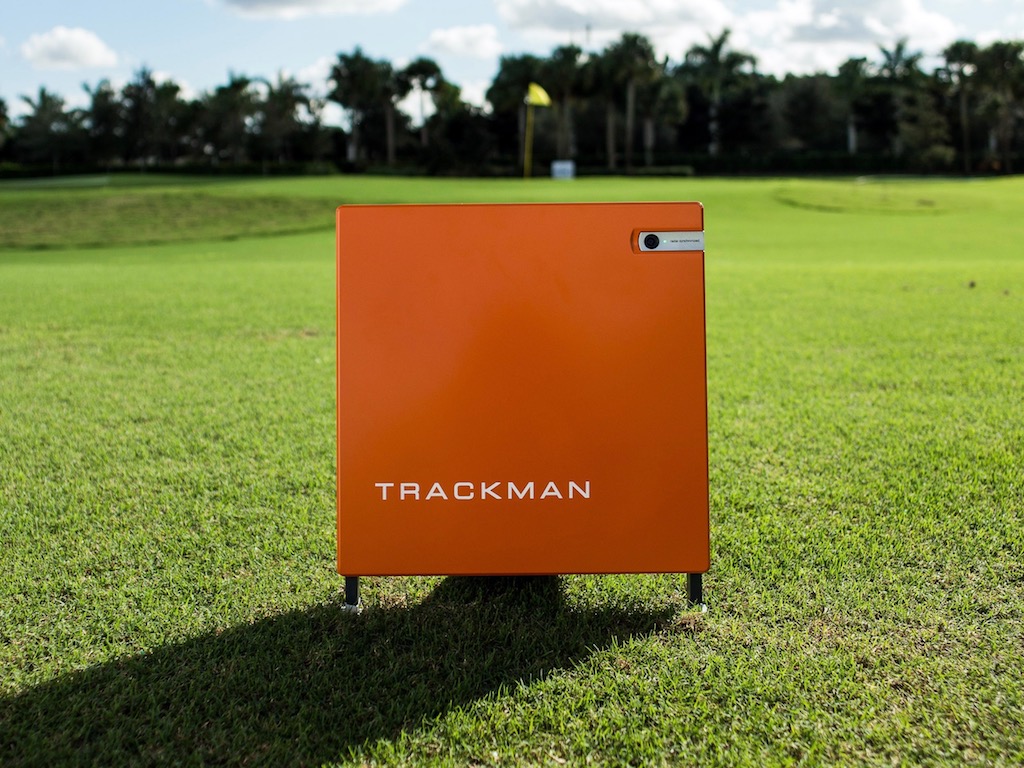

Now, it’s your turn: Everybody swings the club differently and everybody has their own experience from testing. We want to hear from you. What driver are you using? What did you switch from? What performance gains did you find in your own game? Share your experience to help others!
- LIKE83
- LEGIT20
- WOW4
- LOL3
- IDHT2
- FLOP2
- OB1
- SHANK20
Equipment
Why Rory McIlroy will likely use the new TaylorMade BRNR Mini Driver Copper at the RBC Heritage
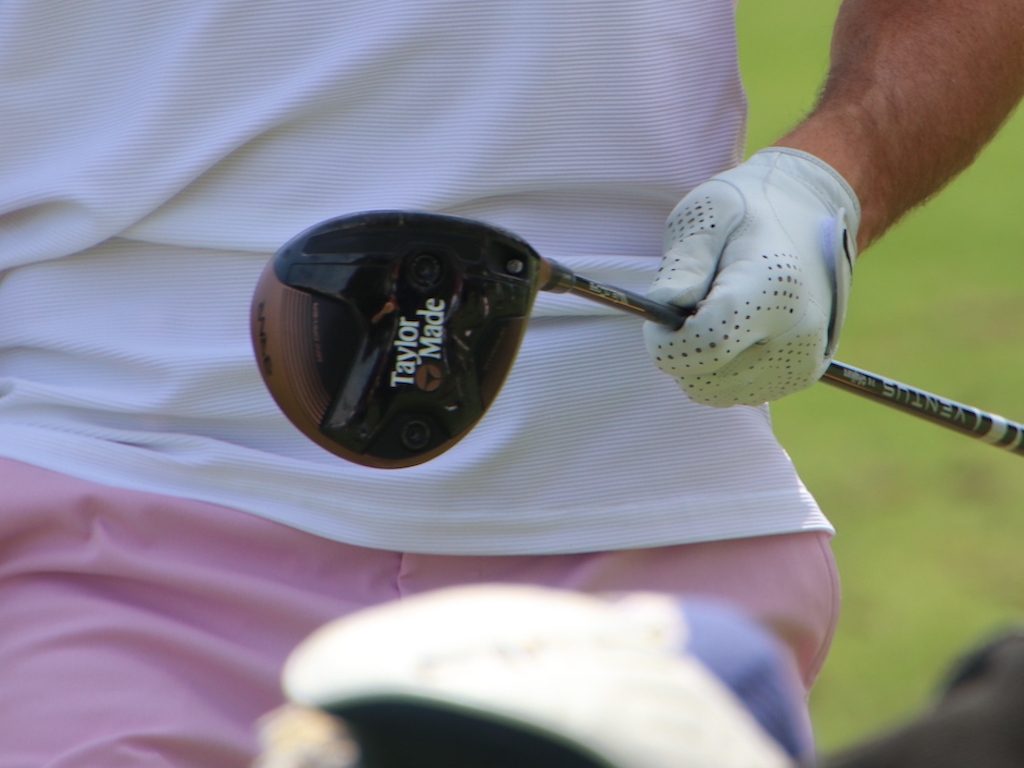
Although we spotted Rory McIlroy testing the new TaylorMade BRNR Mini Driver Copper last week during practice rounds at the Masters, he ultimately didn’t decide to use the club in competition.
It seems that will change this week at the 2024 RBC Heritage, played at the short-and-tight Harbour Town Golf Links in Hilton Head.
When asked on Wednesday following his morning Pro-Am if he’d be using the new, nostalgic BRNR Copper this week, McIlroy said, “I think so.”
“I like it,” McIlroy told GolfWRX.com on Tuesday regarding the BRNR. “This would be a good week for it.”
View this post on Instagram
According to Adrian Rietveld, the Senior Manager of Tour at TaylorMade, the BRNR Mini Driver can help McIlroy position himself properly off the tee at the tight layout.

Here’s what Rietveld told GolfWRX.com on Wednesday:
“For someone like Rory, who’s that long at the top end of the bag, and then you put him on a course like Harbour Town, it’s tough off the tee. It’s tight into the greens, and you have to put yourself in position off the tee to have a shot into the green. It kind of reminds me of Valderrama in Spain, where you can be in the fairway and have no shot into the green.
“I’m caddying for Tommy [Fleetwood] this week, so I was walking the course last night and looking at a few things. There’s just such a small margin for error. You can be standing in the fairway at 300 yards and have a shot, but at 320 you don’t. So if you don’t hit a perfect shot, you could be stuck behind a tree. And then if you’re back at 280, it might be a really tough shot into the small greens.
“So for Rory [with the BRNR], it’s a nice course-specific golf club for him. He’s got both shots with it; he can move it right-to-left or left-to-right. And the main thing about this club has been the accuracy and the dispersion with it. I mean, it’s been amazing for Tommy.
“This was the first event Tommy used a BRNR last year, and I remember talking to him about it, and he said he couldn’t wait to play it at Augusta next year. And he just never took it out of the bag because he’s so comfortable with it, and hitting it off the deck.
“So you look at Rory, and you want to have the tools working to your advantage out here, and the driver could hand-cuff him a bit with all of the shots you’d have to manufacture.”
So, although McIlroy might not be making a permanent switch into the new TaylorMade BRNR Mini Driver Copper, he’s likely to switch into it this week.
His version is lofted at 13.5 degrees, and equipped with a Fujikura Ventus Black 7X shaft.
See more photos of Rory testing the BRNR Mini here
- LIKE15
- LEGIT0
- WOW0
- LOL1
- IDHT0
- FLOP0
- OB0
- SHANK2
Equipment
Spotted: TaylorMade P-UDI driving iron
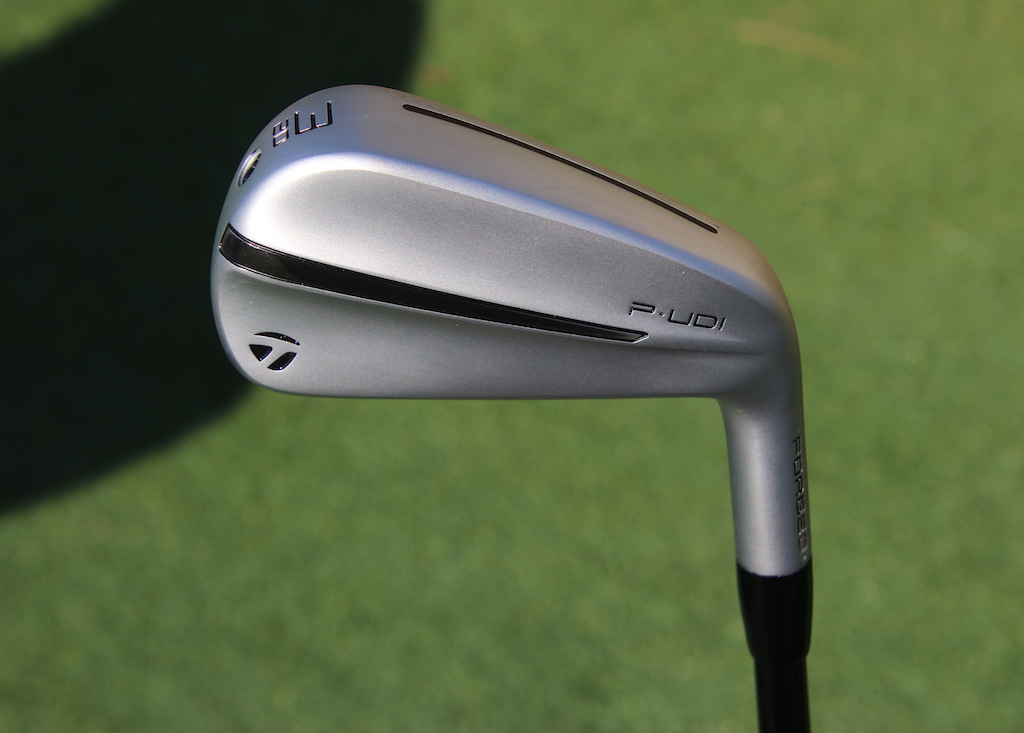
It seems like the RBC Heritage is full of new gear to be spotted, and you can add TaylorMade’s P-UDI utility irons to that list.
We spotted a 17-degree P-UDI 2-iron in Nick Dunlap’s bag yesterday, and now have some photos of both the 3- and 4-irons. Nick has his P-UDI 2-iron setup with a Project X HZRDUS Black 4th Gen 105g TX shaft.
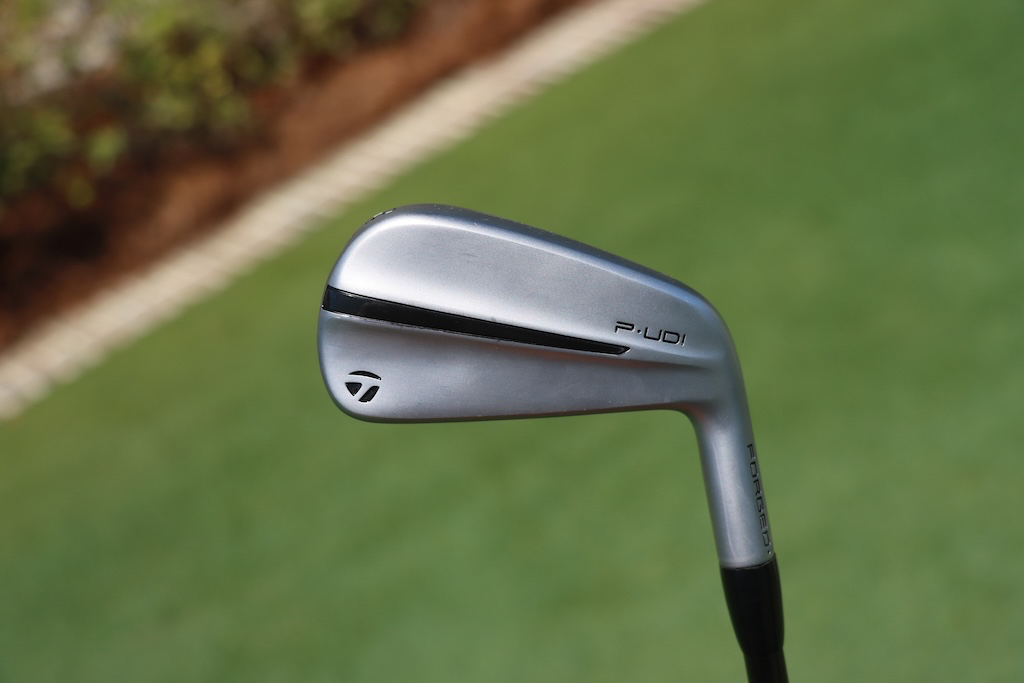
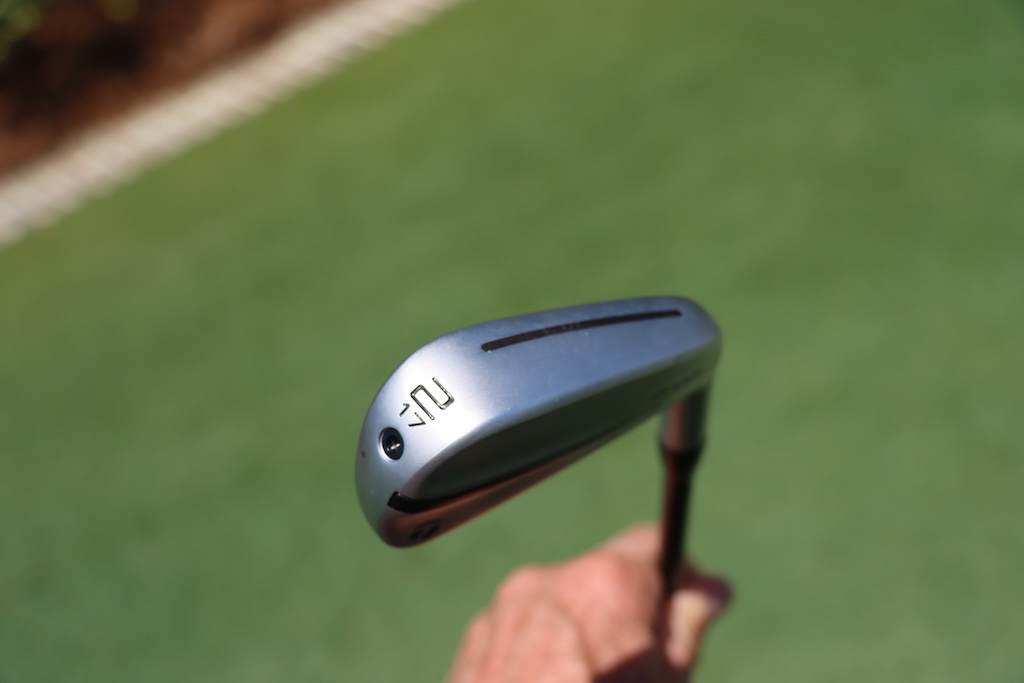
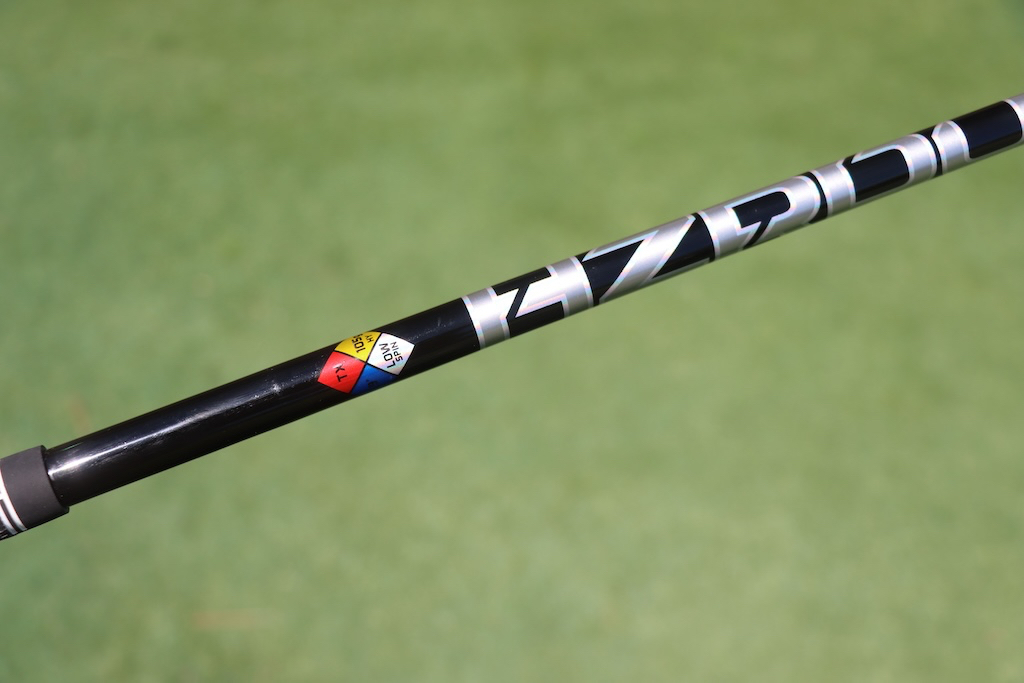
From what we can tell, this new P-UDI utility iron looks to have some of the usual TaylorMade technology as we can see the Speed Slot on the sole of the club for additional face flexibility. A toe screw is usually used to close off the hollow body design that will probably be filled with a version of TaylorMade’s Speed Foam that is present in the current iron lineup. This hollow body, foam-filled design should offer additional ball speed, soft feel, and sound, as well as an optimized CG for ball flight.
“Forged” is etched into the hosel, so we can assume that either the face, body, or both are forged for a soft and responsive feel. The club looks good from behind and at address, where we can see just a little offset and a topline that I would consider medium thickness. We don’t have the full details on what is under the hood or how many loft options will be available yet.
TaylorMade P-UDI 3-iron – 20°
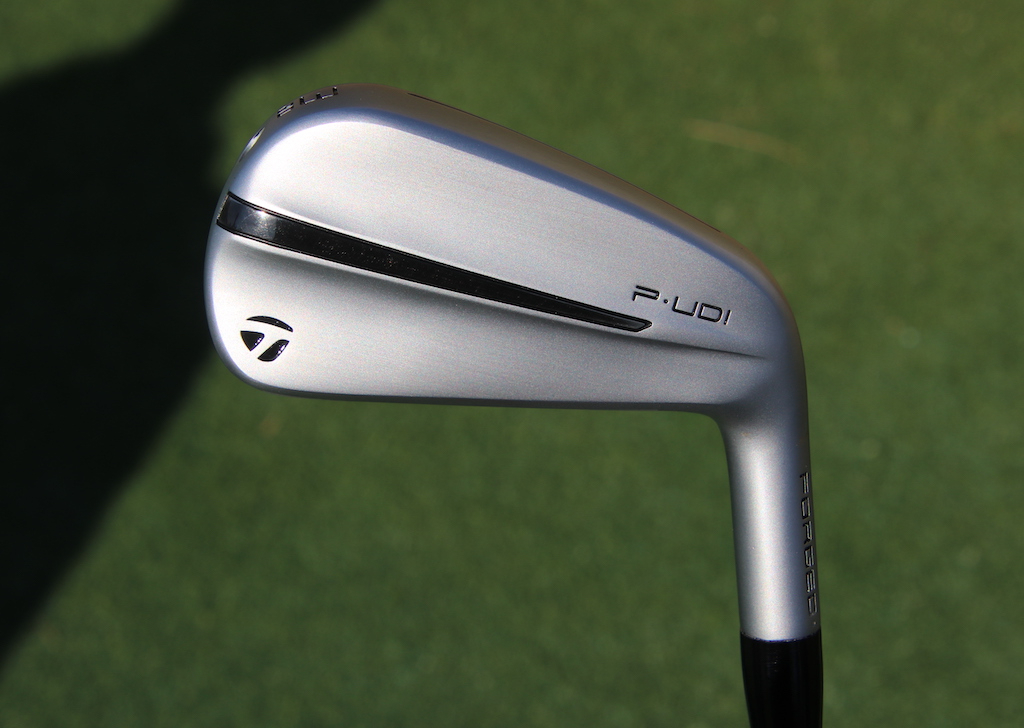
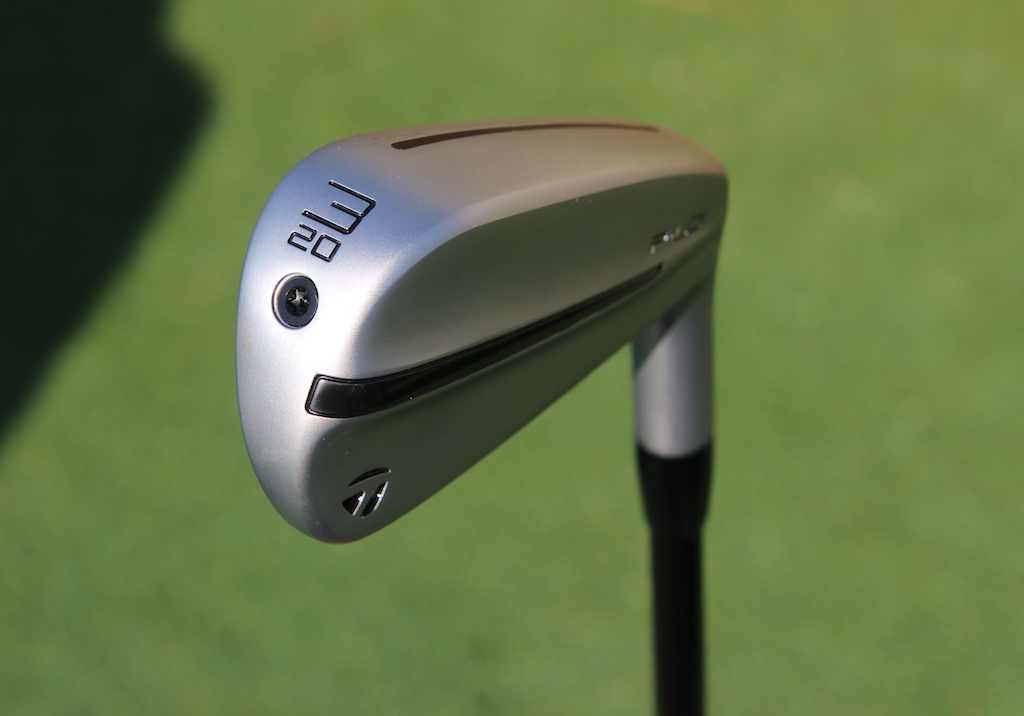
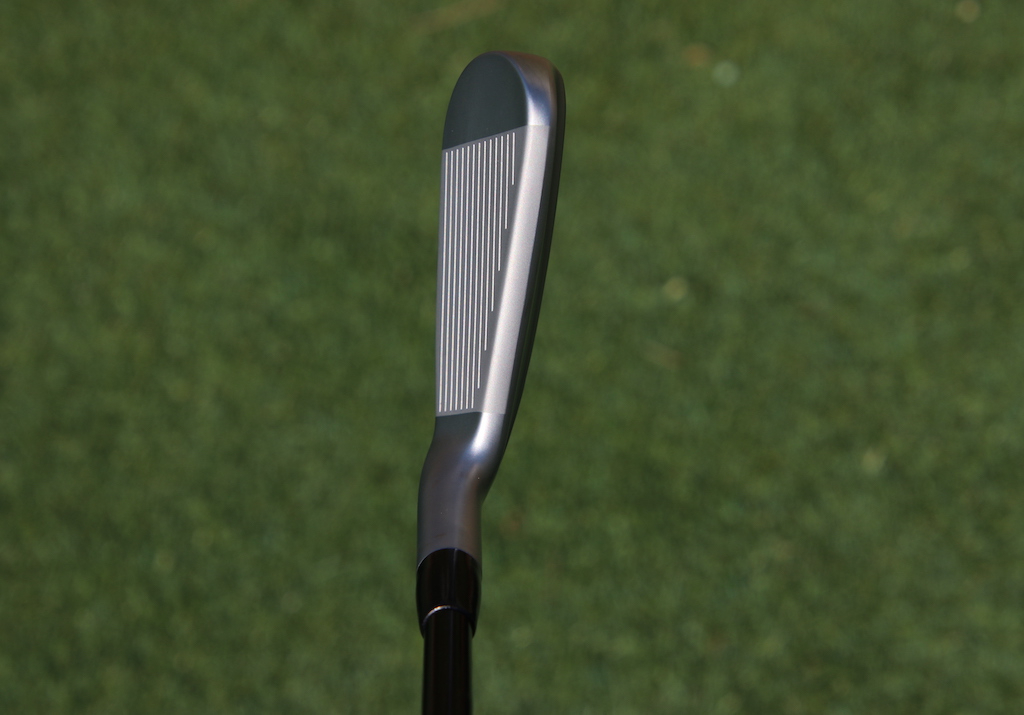
TaylorMade P-UDI 4-iron – 22°
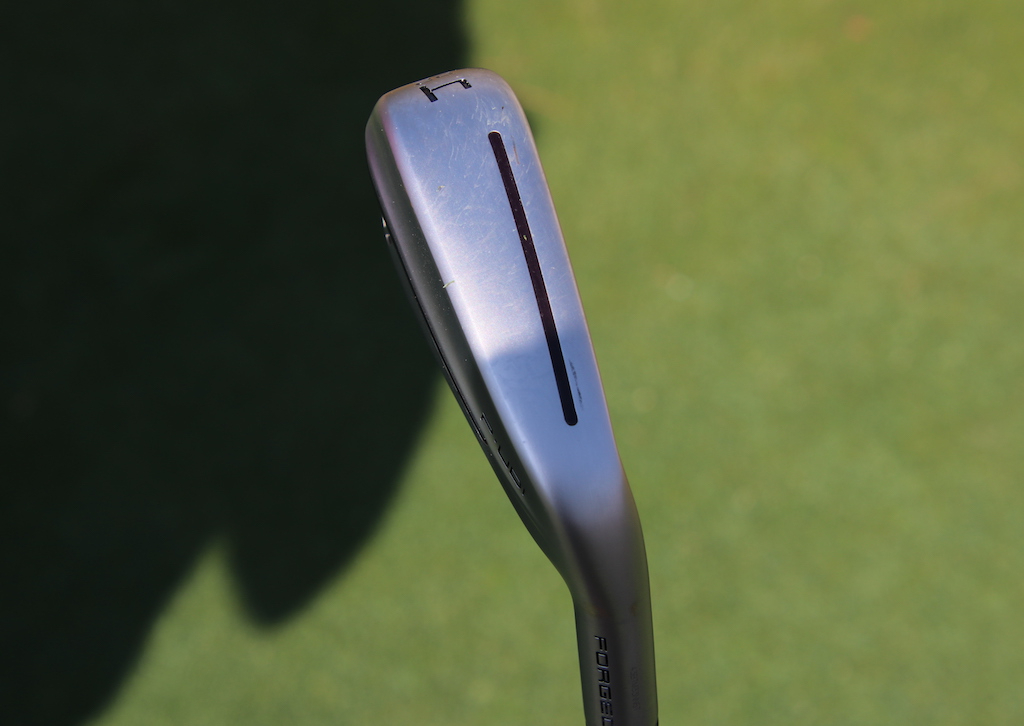
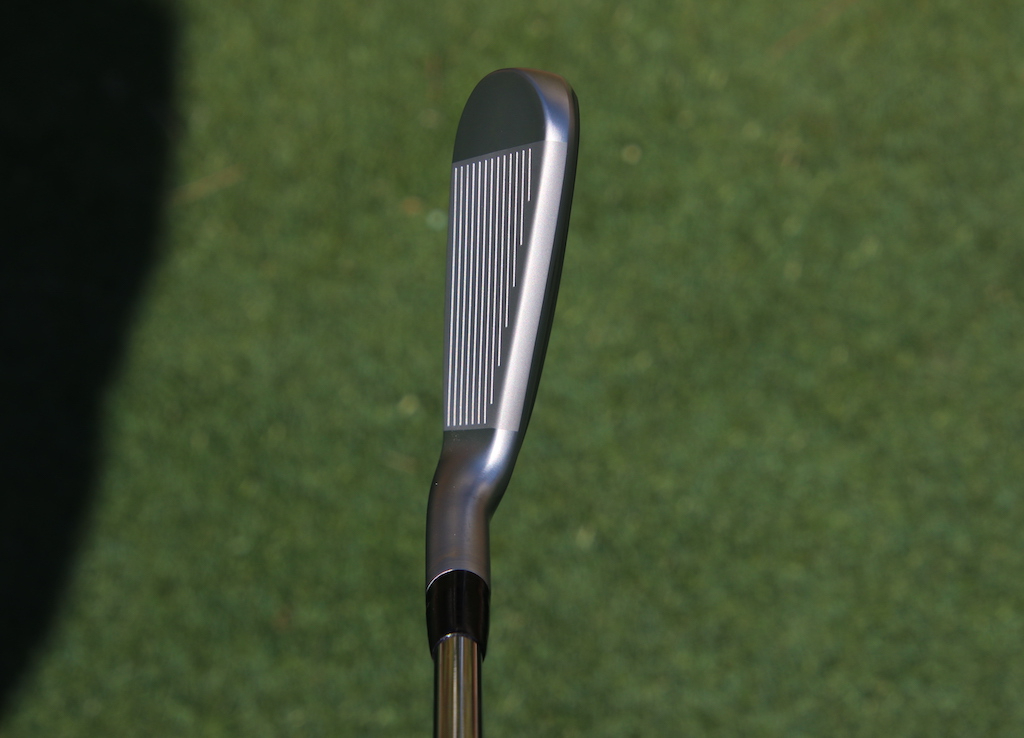
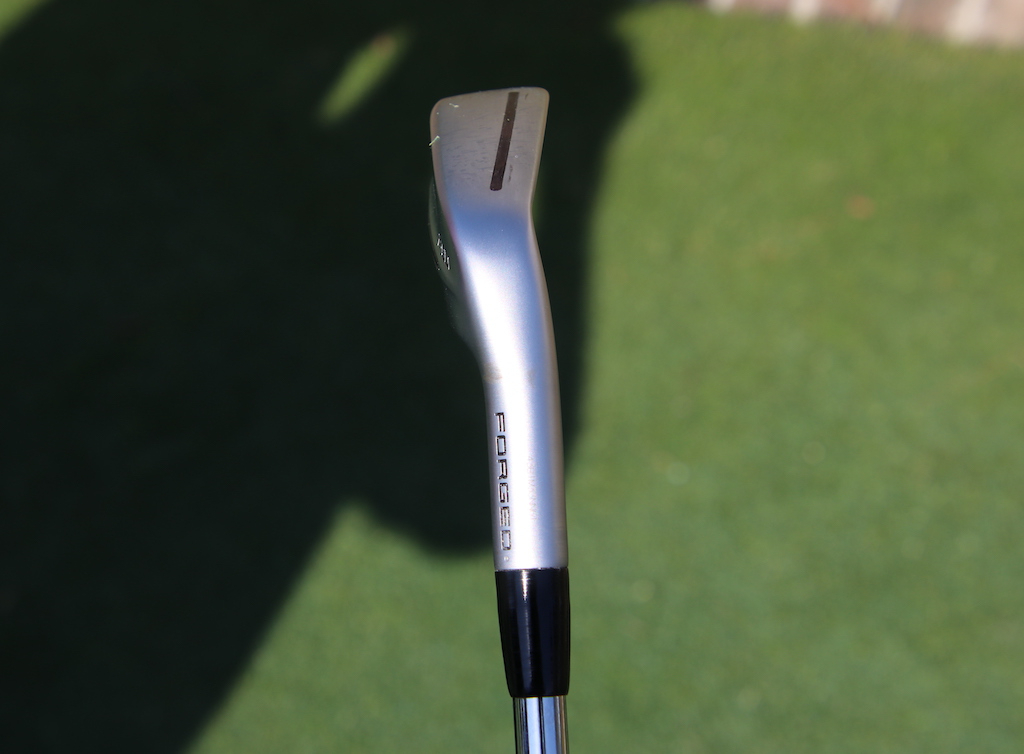
- Check out the rest of our photos from the 2024 RBC Heritage
- LIKE12
- LEGIT1
- WOW2
- LOL0
- IDHT0
- FLOP1
- OB0
- SHANK1
Whats in the Bag
Collin Morikawa WITB 2024 (April)

- Collin Morikawa what’s in the bag accurate as of the RBC Heritage. More photos from the event here.
Driver: TaylorMade Qi10 LS (9 degrees)
Shaft: Mitsubishi Diamana D+ Limited 60 TX (45 inches)
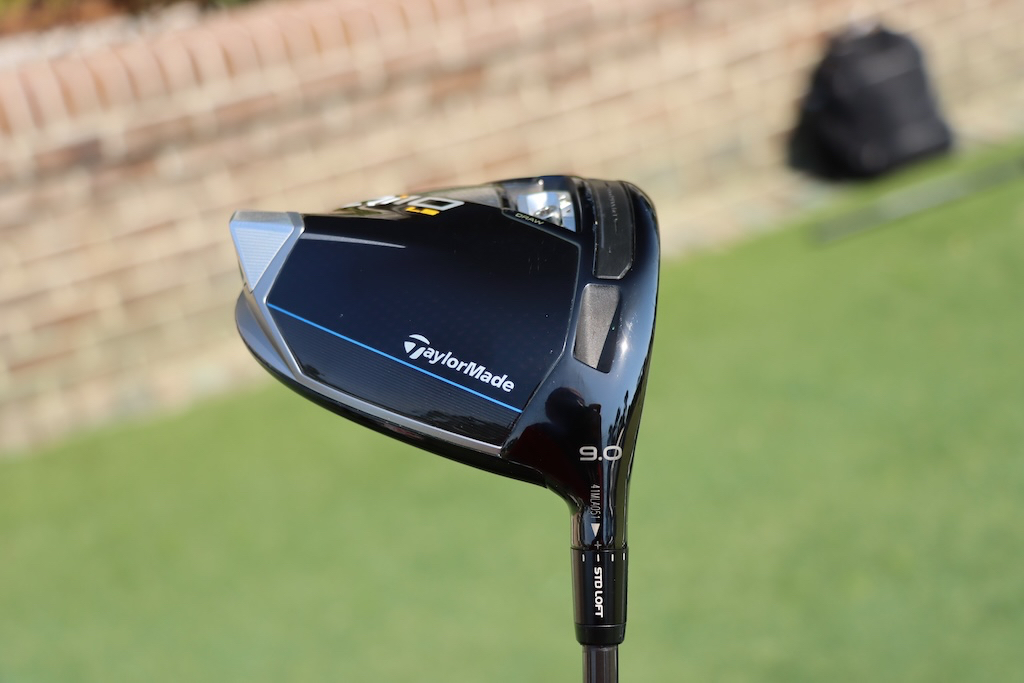
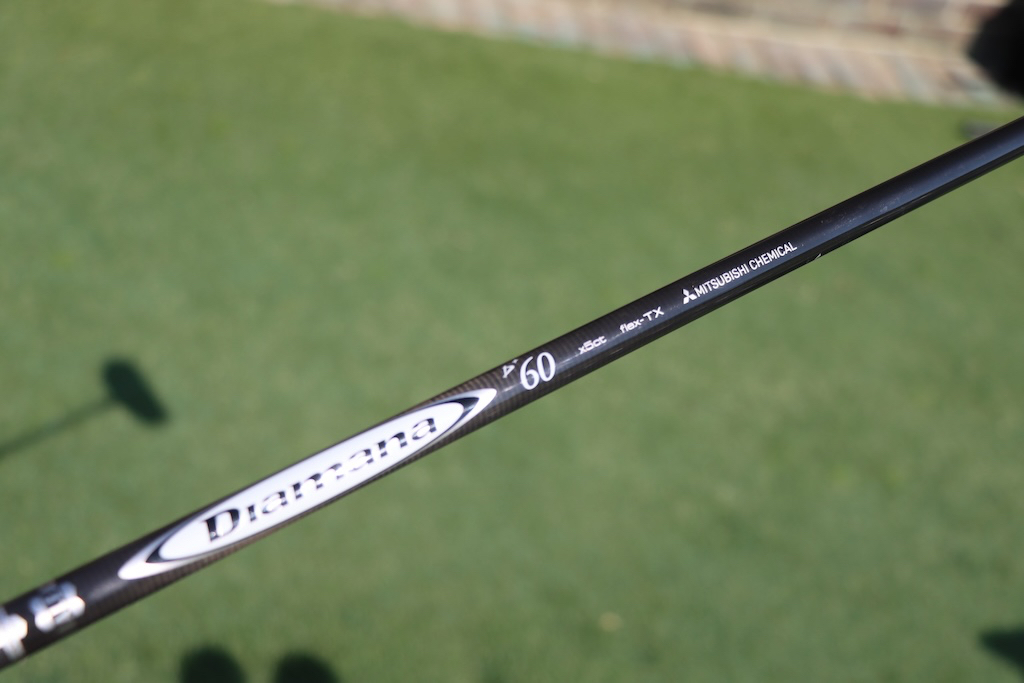
3-wood: TaylorMade Qi10 (13.5 degrees)
Shaft: Mitsubishi Diamana D+ Limited 80 TX
5-wood: TaylorMade Qi10 (18 degrees)
Shaft: Mitsubishi Diamana D+ Limited 80 TX
Irons: TaylorMade P770 (4), P7MC (5-6), P730 (7-PW)
Shafts: True Temper Dynamic Gold Tour Issue Mid 115 X100 (4-6), True Temper Dynamic Gold Tour Issue X100 (7-PW)
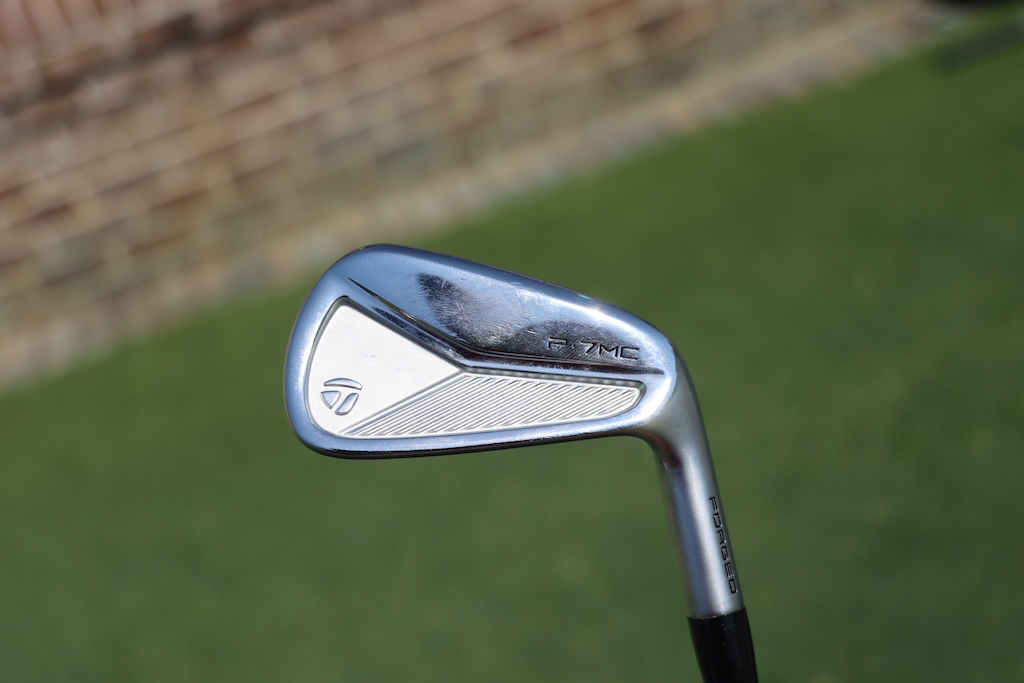
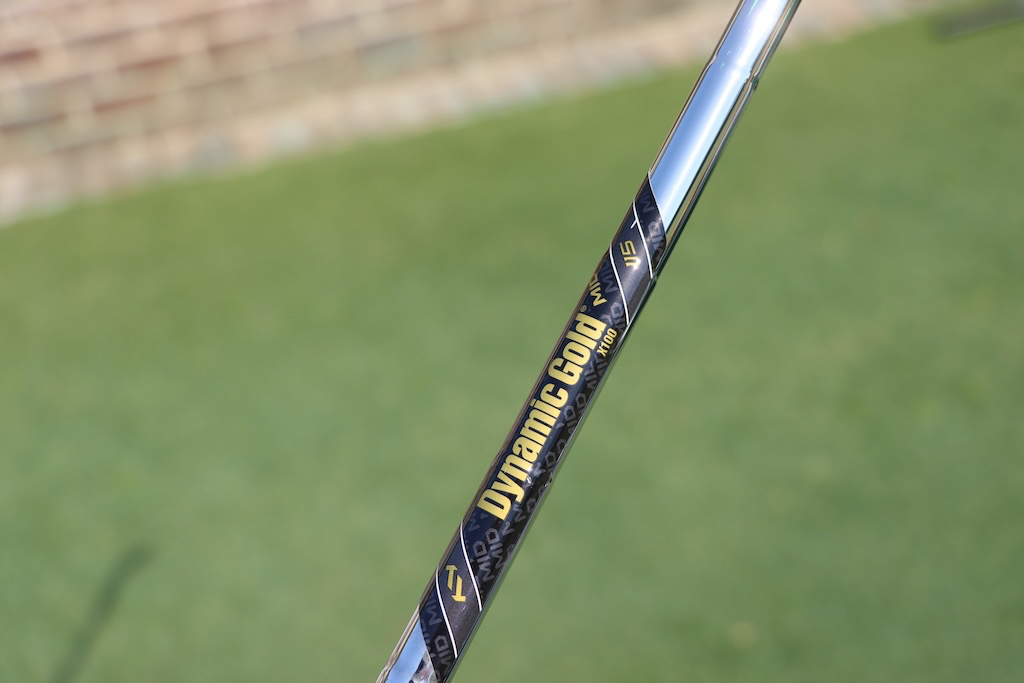
Wedges: TaylorMade MG4 (50-SB09, 56-LB08), TaylorMade MG4 TW (60-TW11)
Shafts: True Temper Dynamic Gold Tour Issue S400
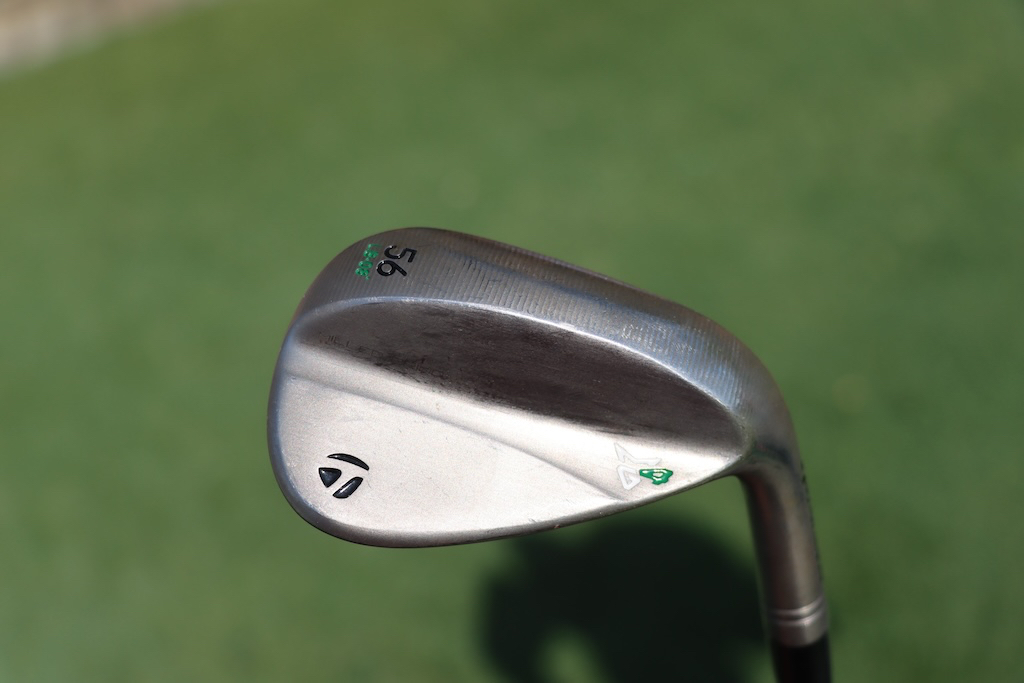
Putter: TaylorMade TP Soto
Grip: SuperStroke Zenergy Tour 2.0
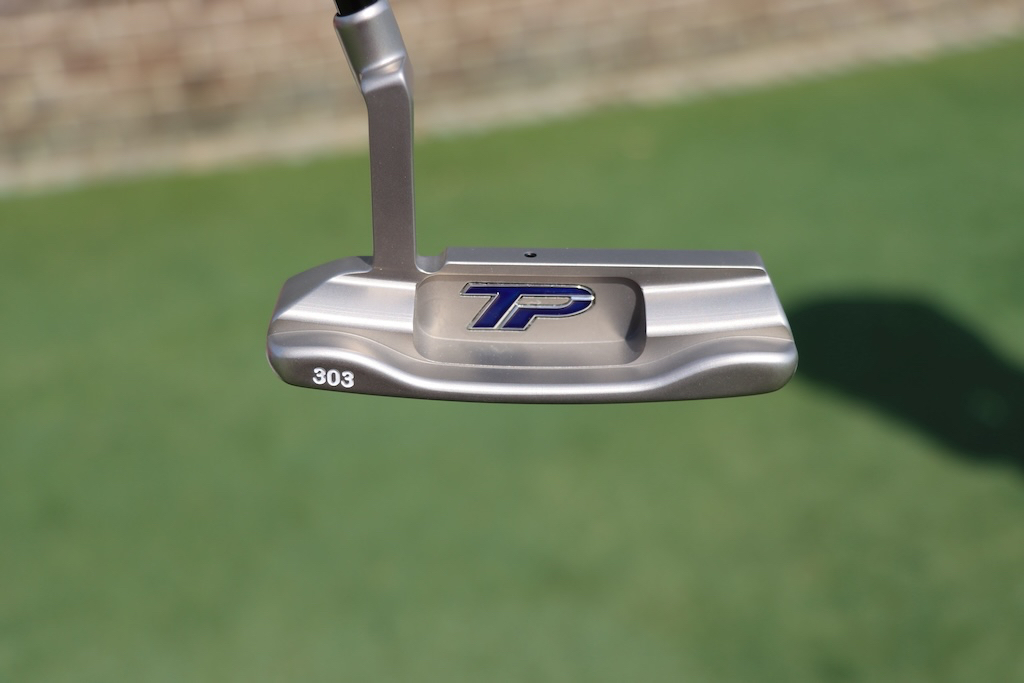
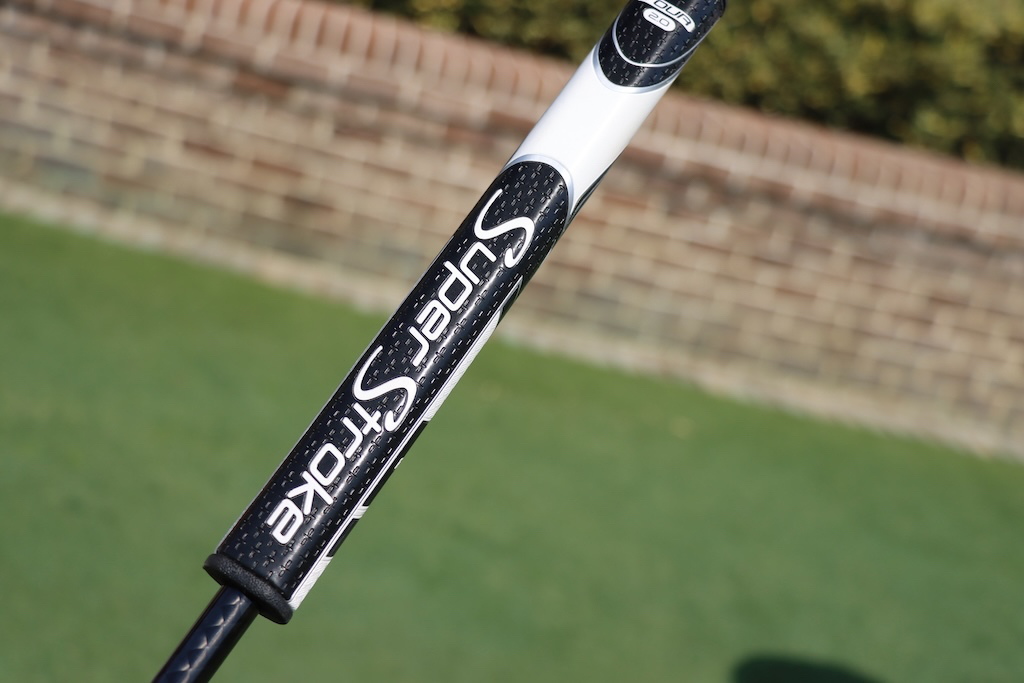
Grips: Golf Pride Z-Grip Cord
Ball: TaylorMade TP5x
- LIKE4
- LEGIT0
- WOW1
- LOL0
- IDHT0
- FLOP0
- OB0
- SHANK1
-

 19th Hole1 week ago
19th Hole1 week agoDave Portnoy places monstrous outright bet for the 2024 Masters
-

 19th Hole2 weeks ago
19th Hole2 weeks agoThings got heated at the Houston Open between Tony Finau and Alejandro Tosti. Here’s why
-

 19th Hole1 week ago
19th Hole1 week agoTiger Woods arrives at 2024 Masters equipped with a putter that may surprise you
-

 19th Hole2 weeks ago
19th Hole2 weeks agoReport: Tiger Woods has ‘eliminated sex’ in preparation for the 2024 Masters
-

 19th Hole3 days ago
19th Hole3 days agoTwo star names reportedly blanked Jon Rahm all week at the Masters
-

 19th Hole3 days ago
19th Hole3 days agoNeal Shipley presser ends in awkward fashion after reporter claims Tiger handed him note on 8th fairway
-

 19th Hole2 weeks ago
19th Hole2 weeks agoAddiction, spinal fusion, and scam artists – Everything Anthony Kim revealed in candid interview with David Feherty
-

 19th Hole2 weeks ago
19th Hole2 weeks agoAnthony Kim says doctors told him that he ‘may not have much time left’ ahead of LIV return

